May 20, 2025
Unlocking the Future of Clean Energy: The High-Wire Act of Advanced Conductors
In an era where electrification is pivotal to our sustainable future, the outdated technology of our power grid is holding us back. Join me, Jason Huang, as I explore how advanced conductors can revolutionize our electricity transmission, enabling a cleaner, more resilient energy landscape.
The Marvel of Our Power Grid
Our power grid is often taken for granted, yet it is one of the most remarkable inventions in human history. This vast network connects electricity generation to consumption, ensuring that homes and businesses receive power reliably. The grid stands resilient against extreme weather conditions, making it an essential backbone of modern civilization.
However, as we aim to electrify more aspects of our lives, the limitations of this incredible system become apparent. Despite its sophistication, the existing grid is not equipped to handle the influx of renewable energy sources like solar and wind. To truly embrace a sustainable future, we need to enhance our grid’s capabilities.
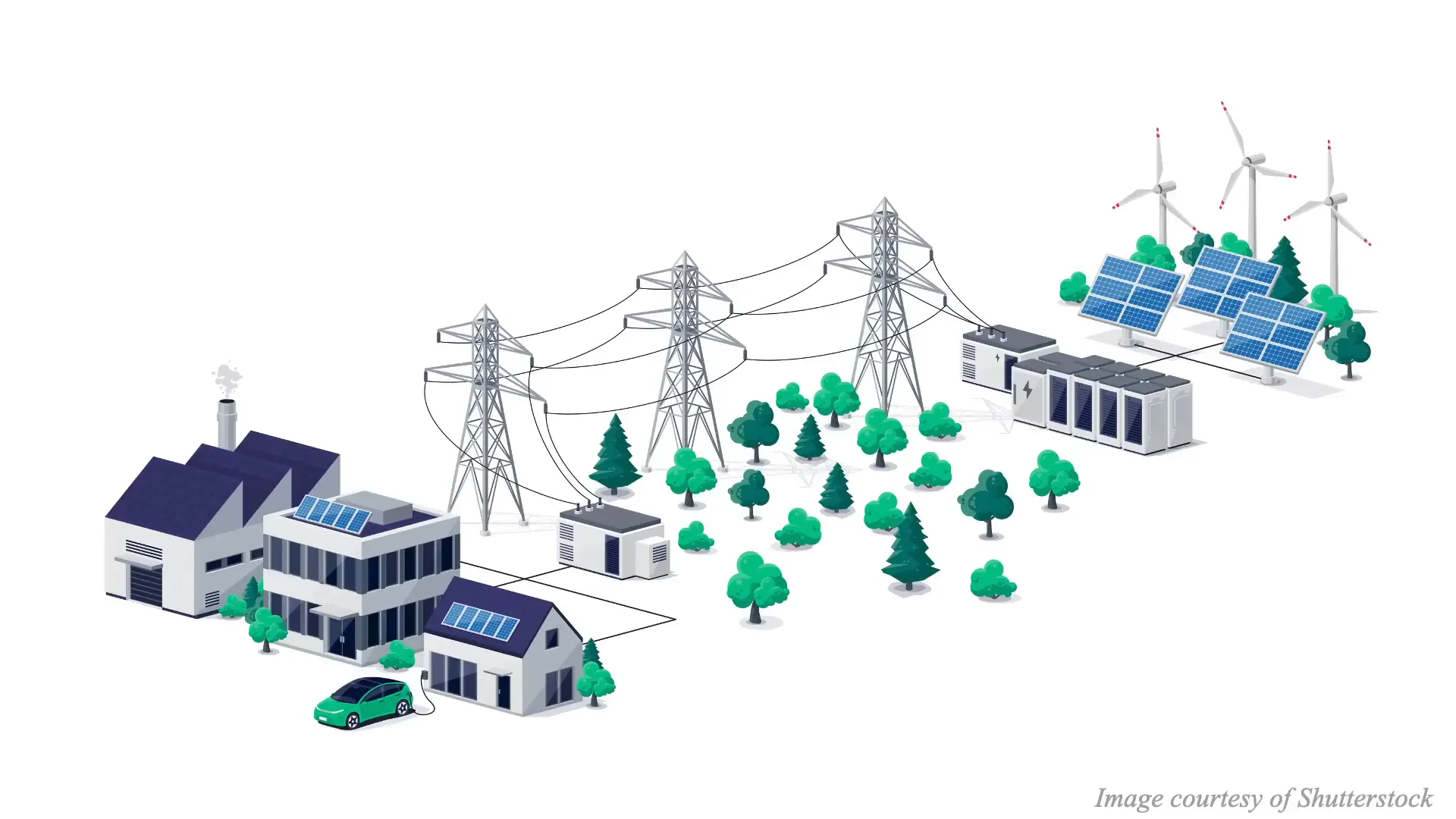
The Challenge of Electrification
Electrification is the key to a sustainable future, yet it presents significant challenges. With two-thirds of the energy we consume not currently in the form of electricity, our grid must evolve. The transition to a fully electrified society hinges on our ability to upgrade our transmission systems to support this shift.
Without transmission, we have no transition. This is a critical point to understand. If we want to power electric vehicles, heat pumps, and other technologies that require electricity, our grid needs to be ready to handle this demand.
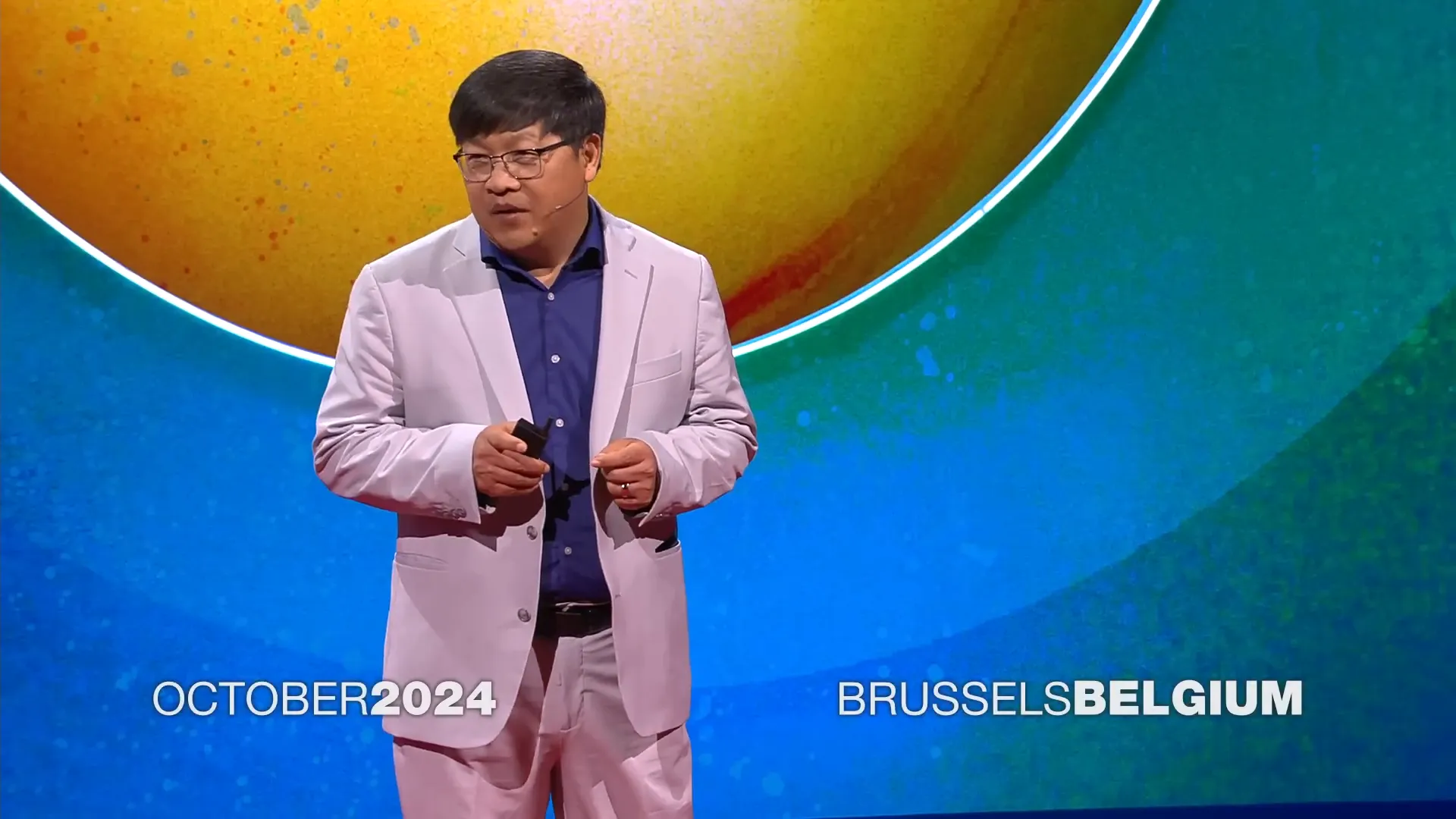
Understanding the Bottleneck
The real bottleneck in our power grid lies in the conductors—the wires that carry electricity. Unfortunately, these conductors are based on outdated technology invented over a century ago. They have limited capacity and poor efficiency, making them ill-equipped for the demands of today’s energy landscape.
As we look to the future, it’s crucial to address these limitations. The next generation of advanced conductors is here, utilizing cutting-edge material science to improve efficiency and capacity significantly. This evolution is necessary for our grid to support electrification.
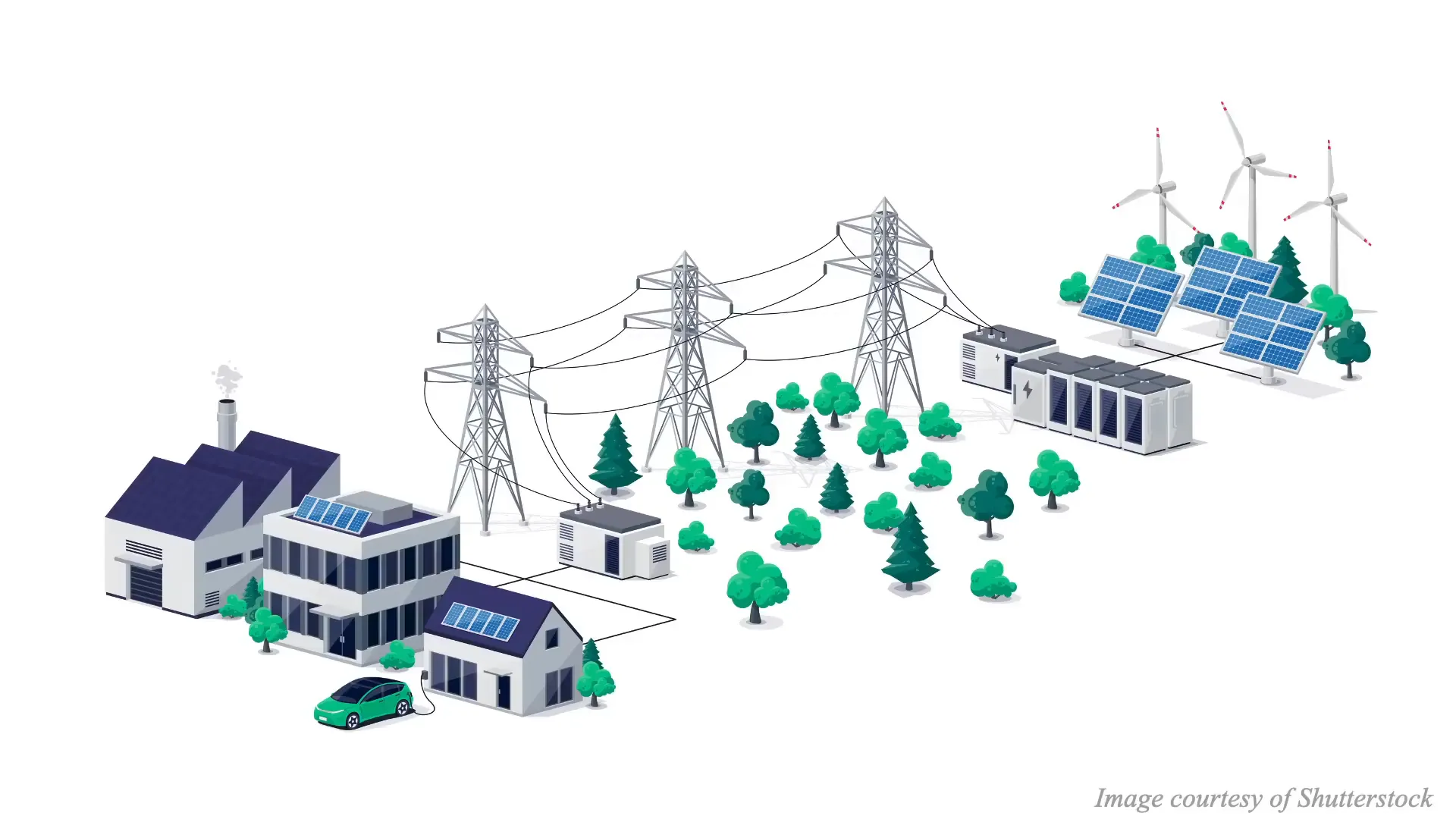
Outdated Technology: A Historical Perspective
To appreciate the advancements in conductor technology, we must first examine the history of our existing systems. The original conductors, known as ACSR (Aluminum Conductor Steel Reinforced), have been in use for over a century. They consist of a steel core for structural support and layers of aluminum for conductivity.
While these materials were suitable in the past, they have significant drawbacks. For instance, hard aluminum cannot withstand high temperatures, limiting the capacity of these conductors. As energy demands have increased, these limitations have become more pronounced, highlighting the urgent need for a new solution.
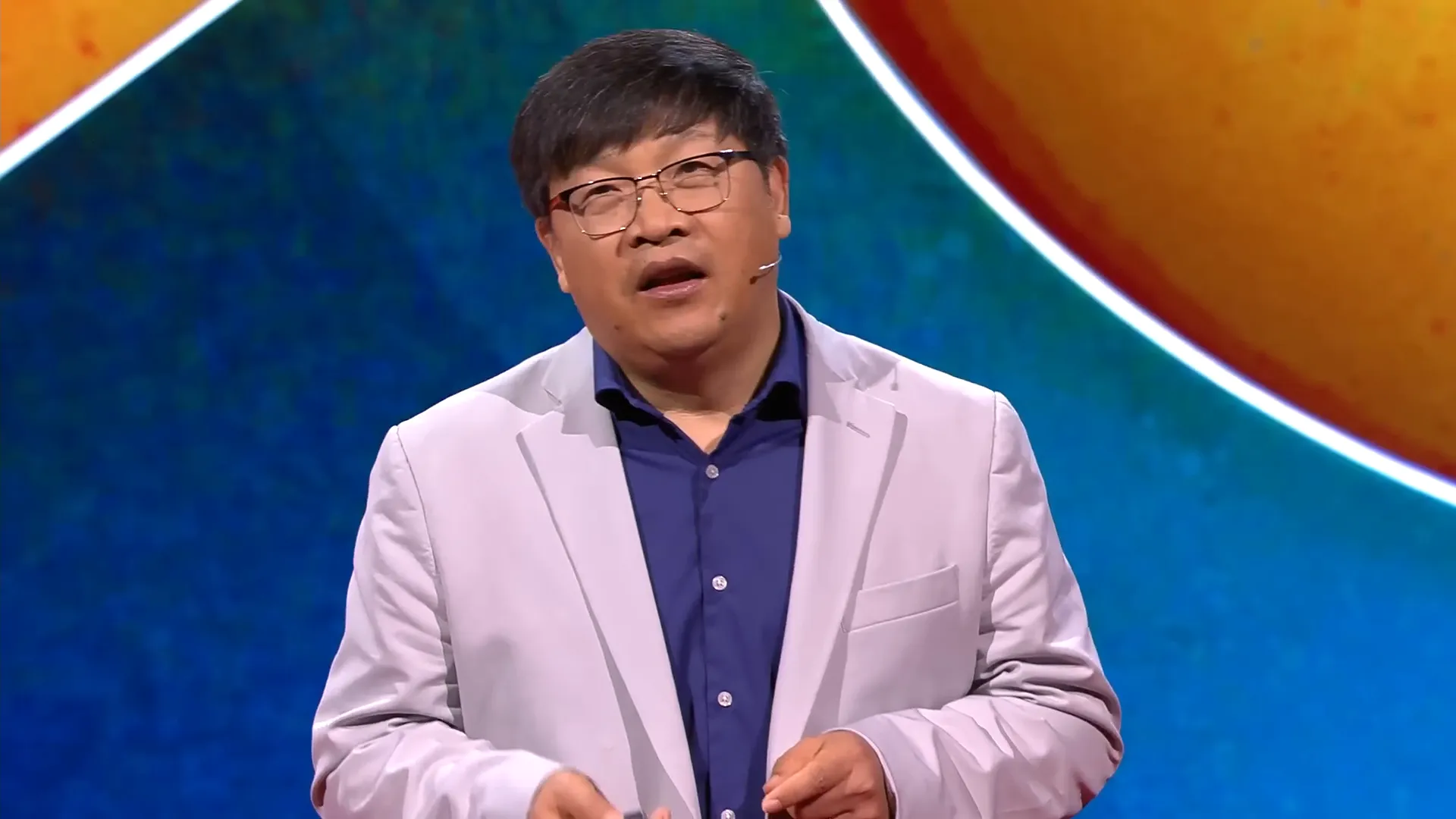
Introducing TS Conductor
Enter TS Conductor, a company that has developed a groundbreaking solution to the issues posed by traditional conductors. By leveraging innovative materials, TS Conductor has created a product that not only increases capacity but also reduces line loss by a staggering fifty percent. This advancement is crucial for enhancing the efficiency of our power grid.
What sets TS Conductor apart is its ability to operate at high temperatures without sagging. Utilizing a carbon core that has virtually no thermal expansion, this technology enables us to maximize aluminum content for optimal conductivity while maintaining structural integrity. The result is a conductor that is not only efficient but also resilient against extreme weather conditions.
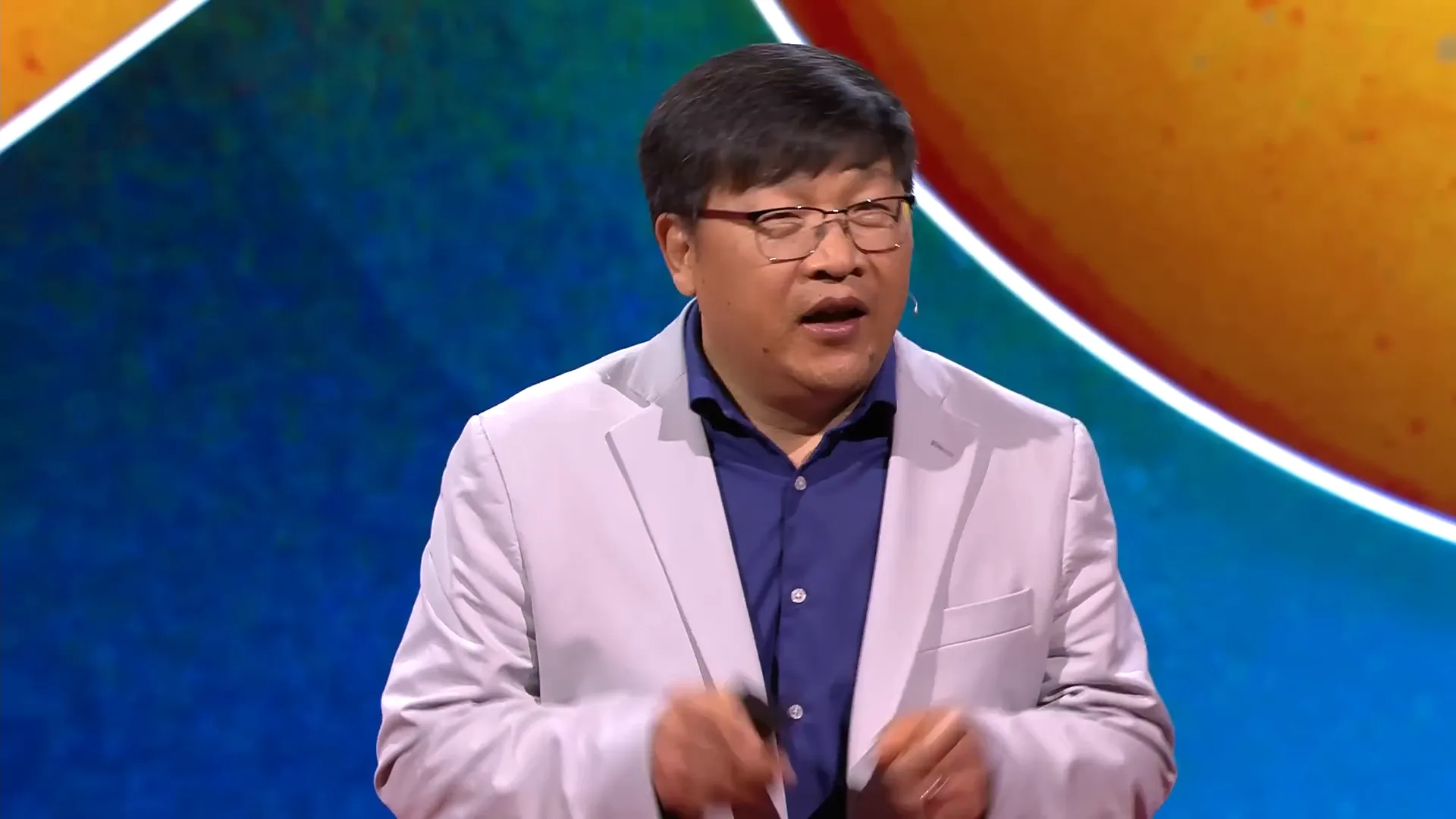
Why We Still Use Old Power Lines
Despite the availability of advanced technology, many utility companies continue to rely on outdated power lines. This reliance stems from a conservative culture within regulated monopolies that dominate the utility sector. The fear of change often stifles innovation, leading to a reluctance to adopt new technologies.
However, it’s essential to recognize that sticking with old technology will hinder our ability to meet future energy demands. The benefits of upgrading to advanced conductors far outweigh the risks associated with change. By embracing innovation, we can pave the way for a more sustainable and efficient power grid.
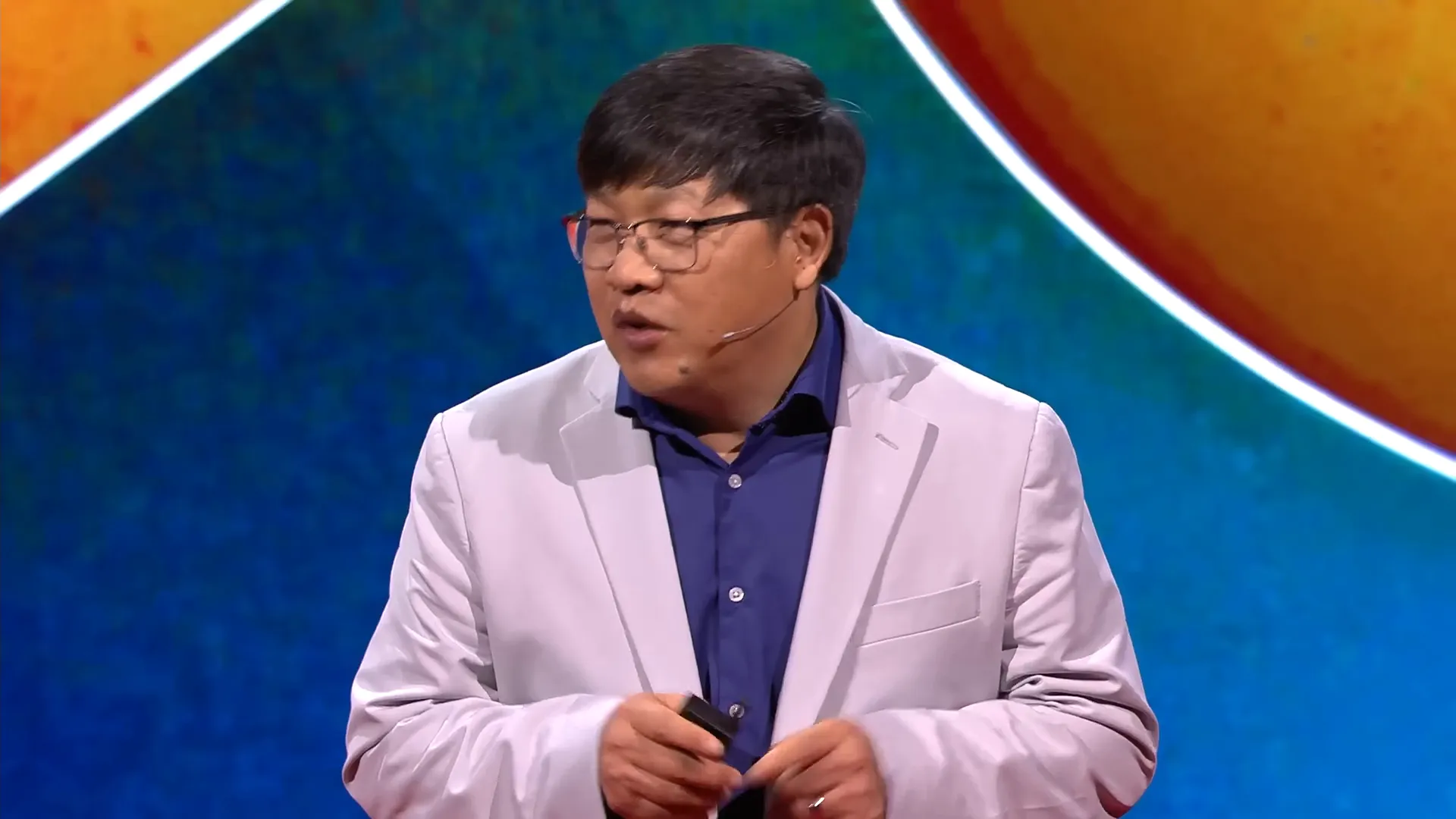
The Legacy of ACSR Conductors
ACSR conductors have been the backbone of our power grid for decades, but their legacy is one of limitations. The combination of a steel core and aluminum layers was a significant advancement at the time of its inception. However, as energy demands have evolved, the shortcomings of this technology have become glaringly obvious.
For instance, the steel core expands when heated, leading to excessive sagging in power lines. This not only reduces efficiency but can also pose safety risks. As we look to the future, it's imperative to move beyond this legacy and embrace the advanced conductor technologies available today.
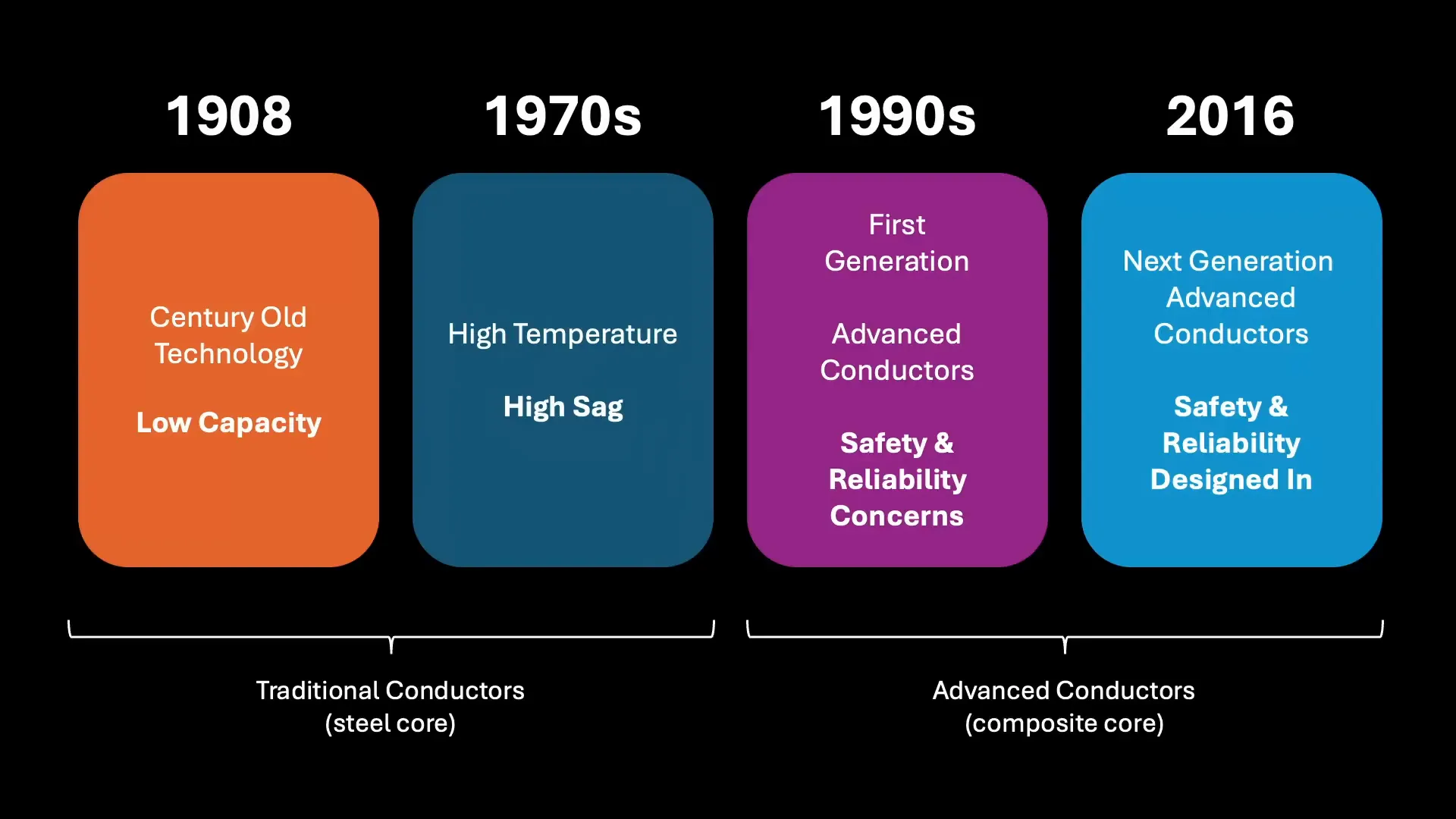
At GFunnel, we understand the importance of innovation in driving the future of clean energy. By connecting entrepreneurs and businesses with the tools and resources they need, we can foster an environment that encourages technological advancements. Explore our platform to discover how you can be a part of this transformative journey.
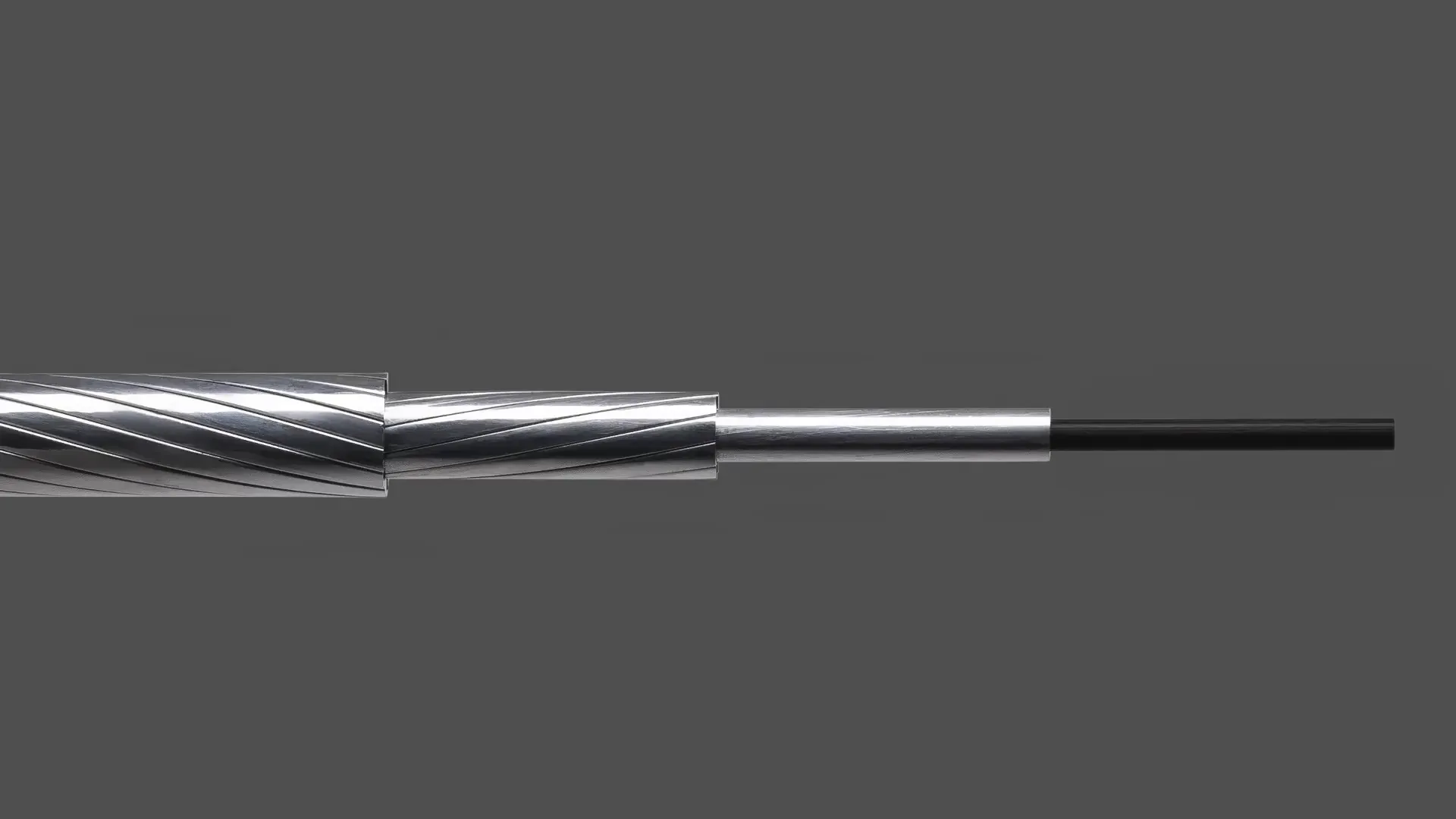
The Limitations of Steel and Aluminum
Steel and aluminum have long been the go-to materials for electrical conductors, primarily due to their relative availability and established manufacturing processes. However, these materials come with notable limitations that hinder their performance in modern power grids.
Steel, while strong, expands when heated, leading to sagging in power lines. This sagging not only decreases efficiency but can also create safety hazards. Aluminum, on the other hand, is lightweight and has good conductivity, but hard aluminum cannot withstand high temperatures, which limits its capacity significantly.
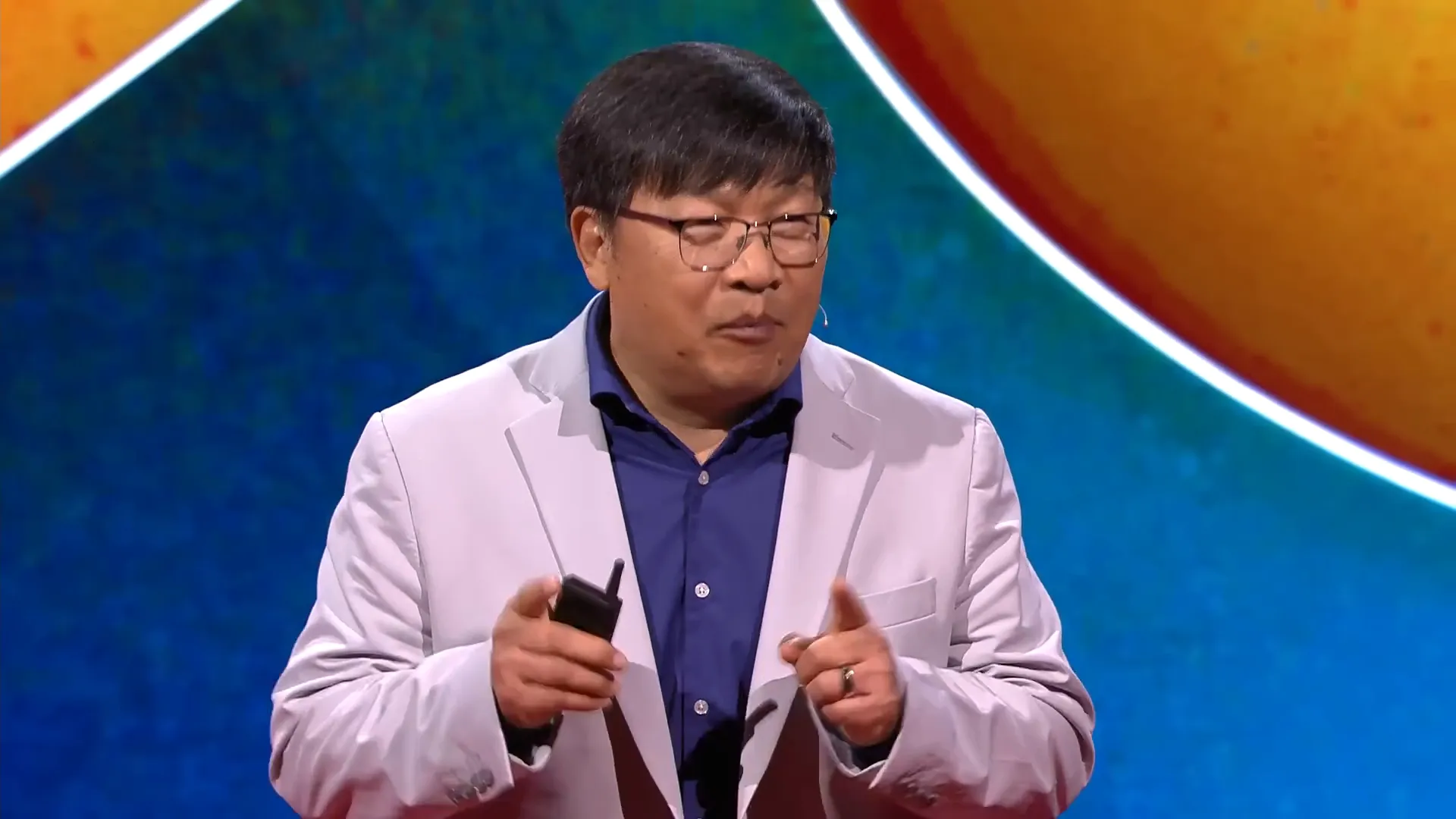
Understanding the Drawbacks
- Temperature Sensitivity: Both steel and aluminum exhibit significant thermal expansion, which can distort the structural integrity of power lines.
- Limited Capacity: The inability of these materials to handle high temperatures restricts the maximum current they can carry, ultimately leading to inefficiencies.
- Corrosion Risk: While aluminum is resistant to corrosion, steel requires protective coatings, which can deteriorate over time and necessitate costly maintenance.
These limitations underscore the need for a new solution that can not only overcome the challenges presented by these traditional materials but also enhance the overall efficiency of our power transmission systems.
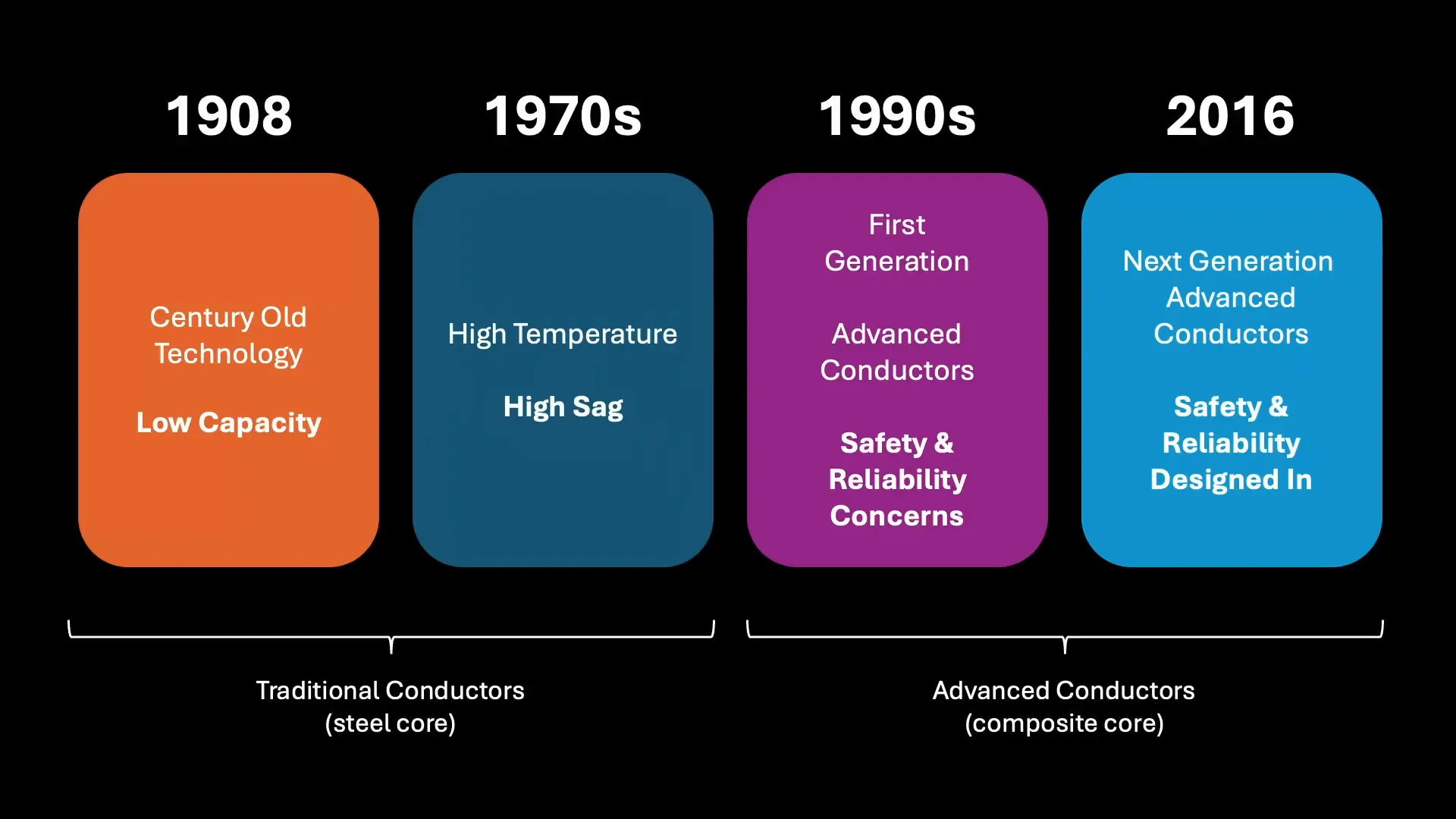
The Evolution of Conductors
The journey of electrical conductors has been marked by innovations aimed at improving efficiency and reliability. From the early days of ACSR conductors to the introduction of advanced materials, the evolution has been driven by the need to meet growing energy demands.
In the 1970s, the introduction of ACSS conductors marked a significant step forward. These conductors combined stronger steel with aluminum to handle higher temperatures. However, the inherent issues of steel expansion remained a challenge.
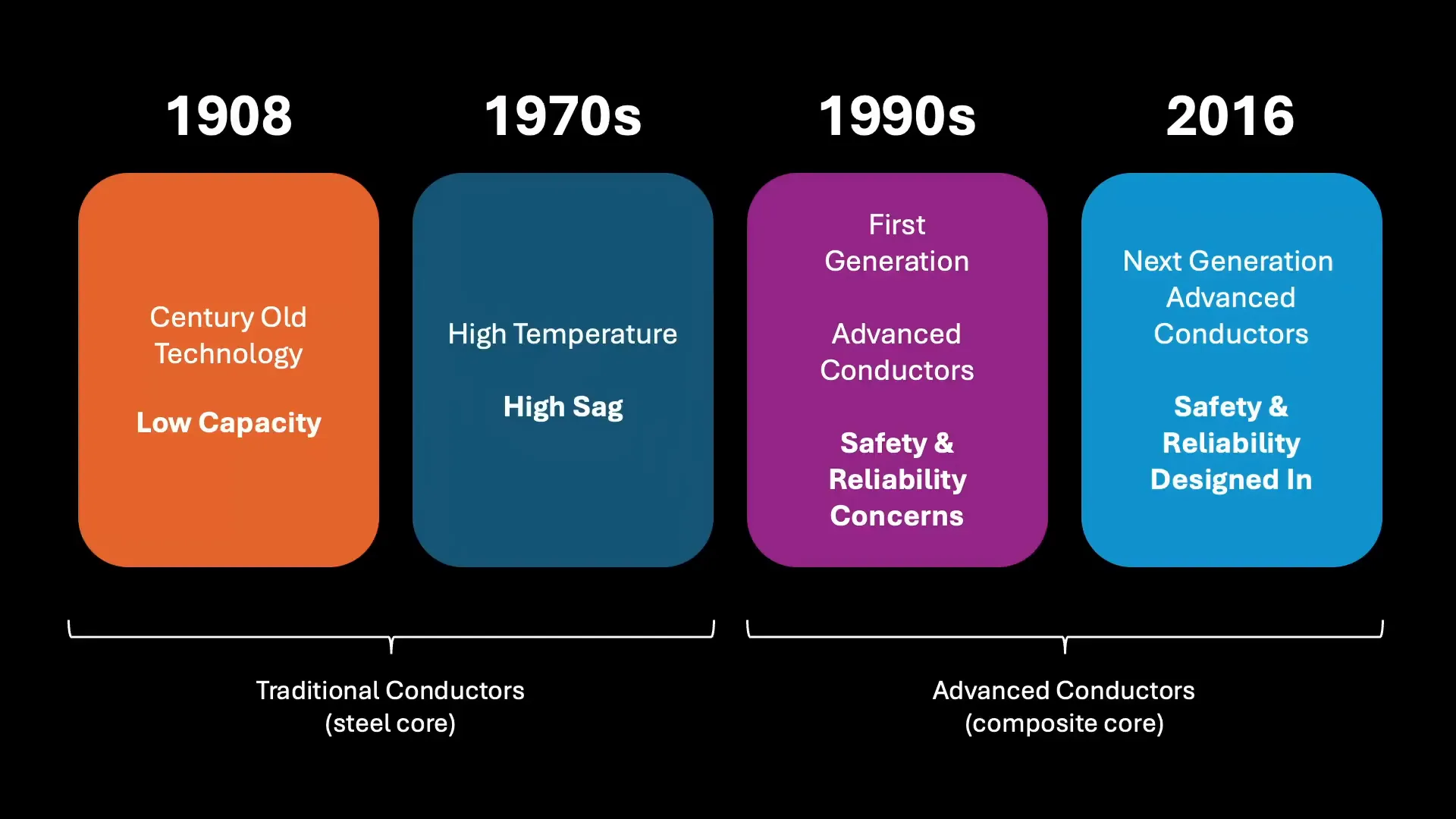
From ACSR to ACSS and Beyond
- ACSR (Aluminum Conductor Steel Reinforced): A century-old technology that provided a basic level of conductivity but fell short in performance.
- ACSS (Aluminum Conductor Steel Supported): Improved upon ACSR by utilizing stronger steel, yet still faced sagging issues.
- Advanced Conductors: The late 1990s saw the emergence of composite materials aimed at reducing sag, but these first-generation solutions proved to be delicate and costly.
As we look to the future, it’s clear that the next generation of conductors must address these historical shortcomings while paving the way for a more efficient and resilient power grid.
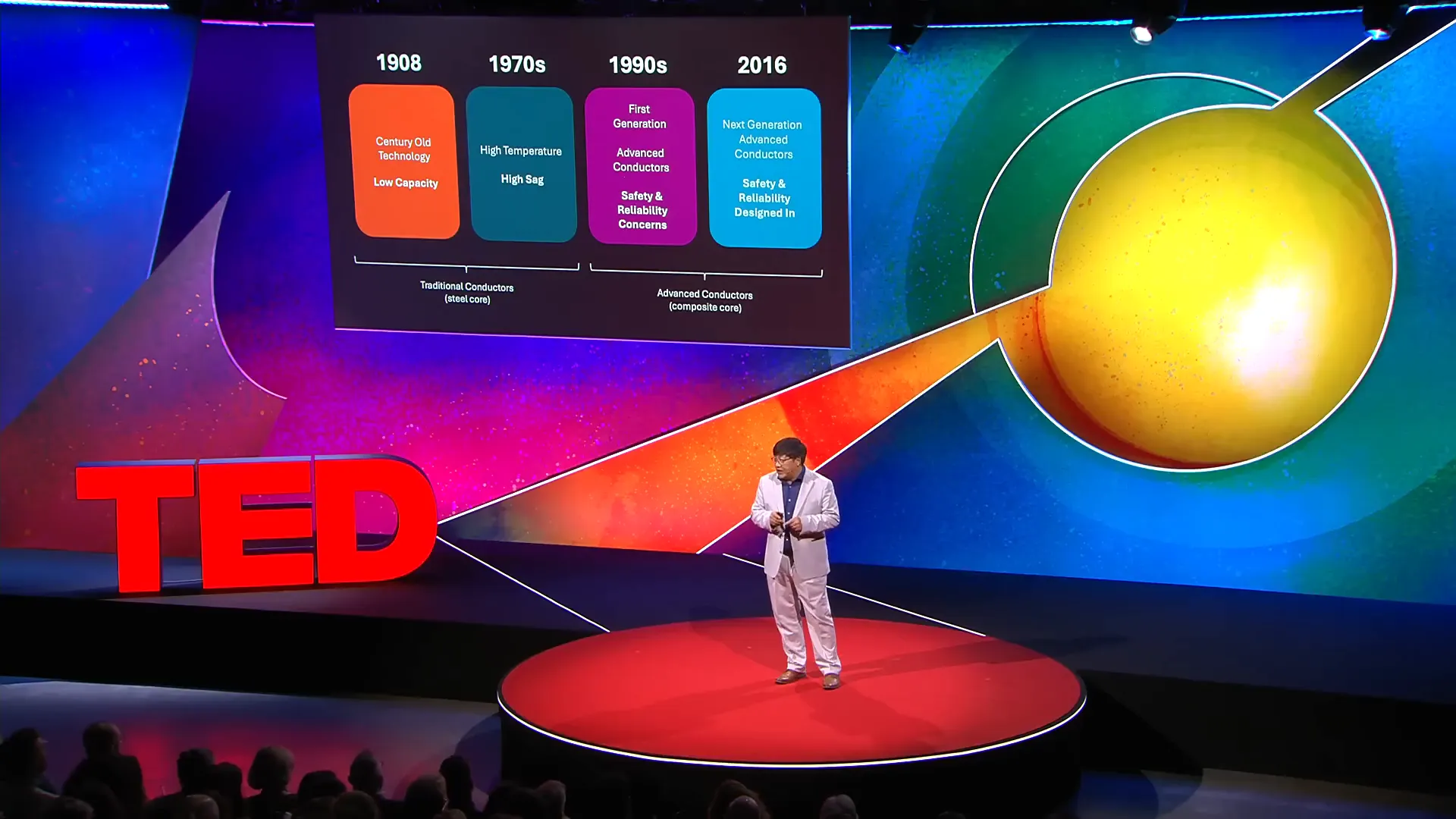
The Breakthrough of TS Technology
Enter TS technology, a revolutionary advancement in conductor design that addresses the limitations of its predecessors. By leveraging cutting-edge materials and innovative engineering, TS Conductor has developed a solution that not only enhances capacity but also significantly reduces line losses.
At the core of TS technology is a carbon core that offers exceptional strength without the weight of steel, allowing for higher capacity and reduced sagging. This breakthrough positions TS conductors as a game-changer in the energy sector.
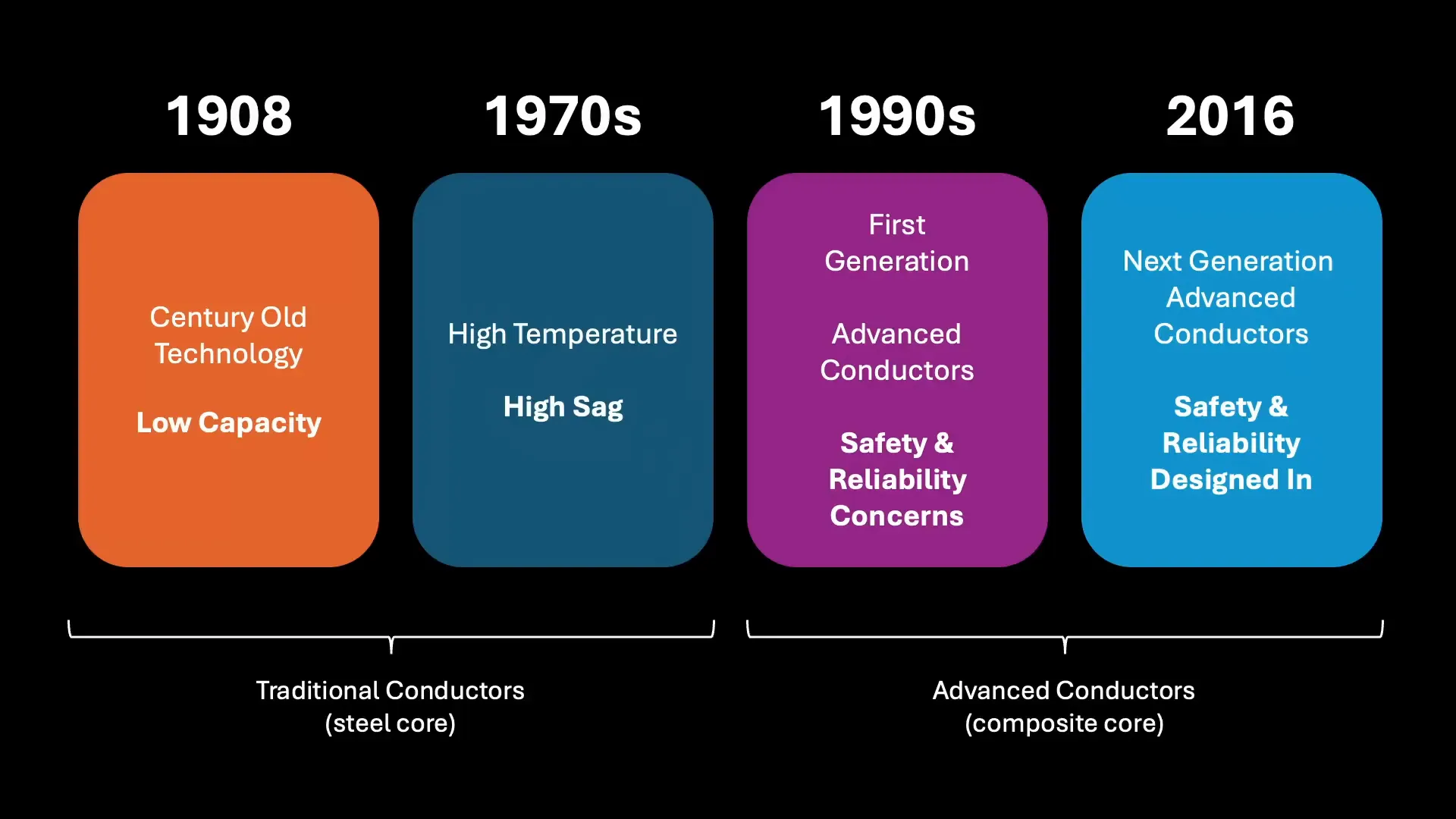
Key Features of TS Technology
- High-Temperature Operation: TS conductors can operate at elevated temperatures without sagging, which is crucial for meeting the demands of modern power transmission.
- Enhanced Conductivity: By maximizing aluminum content, TS conductors achieve optimal conductivity while maintaining structural integrity.
- Corrosion Resistance: The materials used in TS conductors are designed to withstand environmental stressors, ensuring longevity and reliability.
This innovative approach not only enhances performance but also contributes to the sustainability goals of the energy sector, making TS technology a vital player in the transition to clean energy.
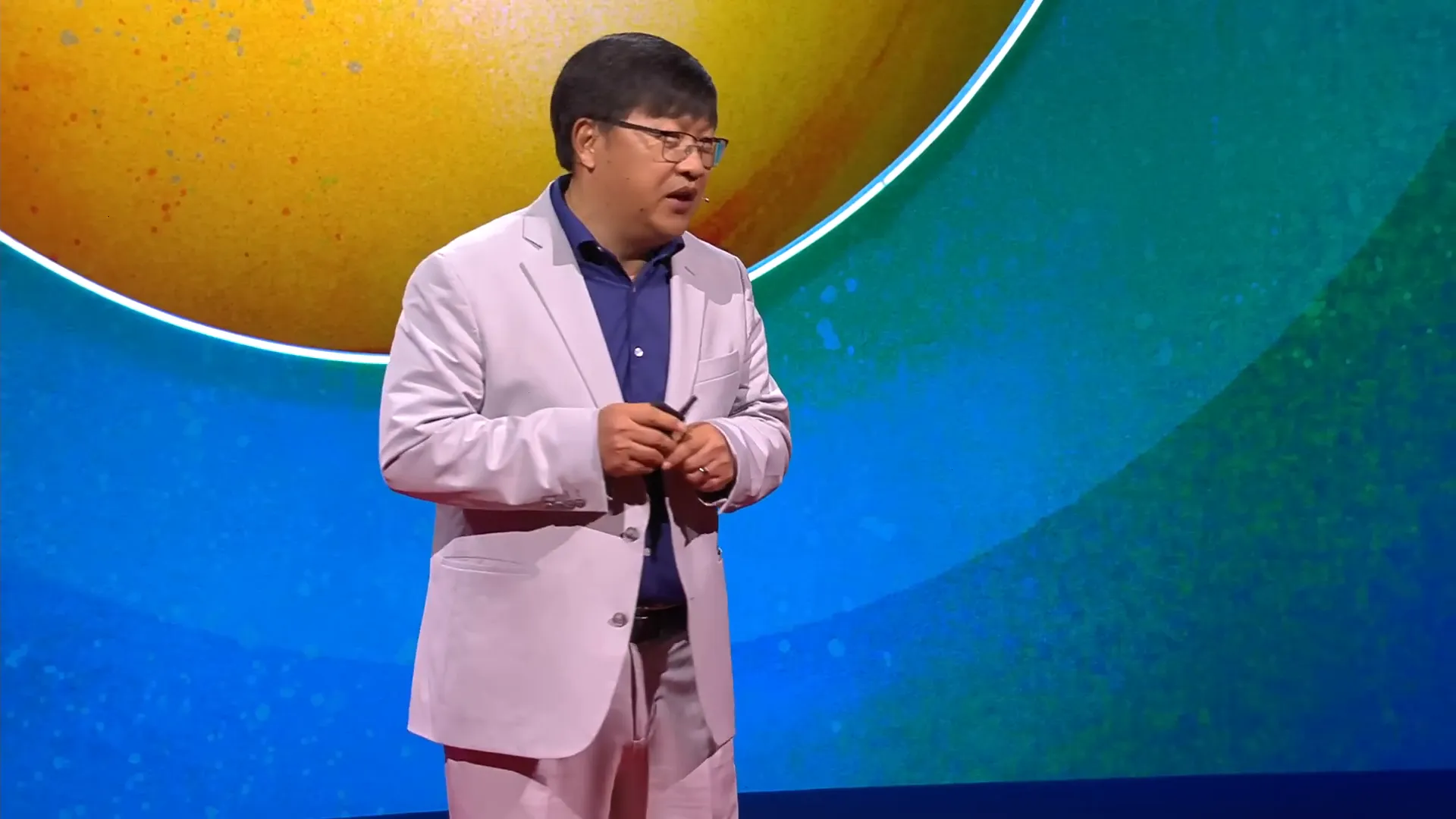
Advantages of the New Conductors
TS conductors offer a myriad of advantages that set them apart from traditional technologies. These benefits are not only technical but also economic, making them an attractive option for utility companies and grid operators.
One of the standout features of TS conductors is their ability to triple line capacity while simultaneously reducing line loss by fifty percent. This dual benefit addresses two critical challenges faced by the energy sector: capacity constraints and efficiency losses.
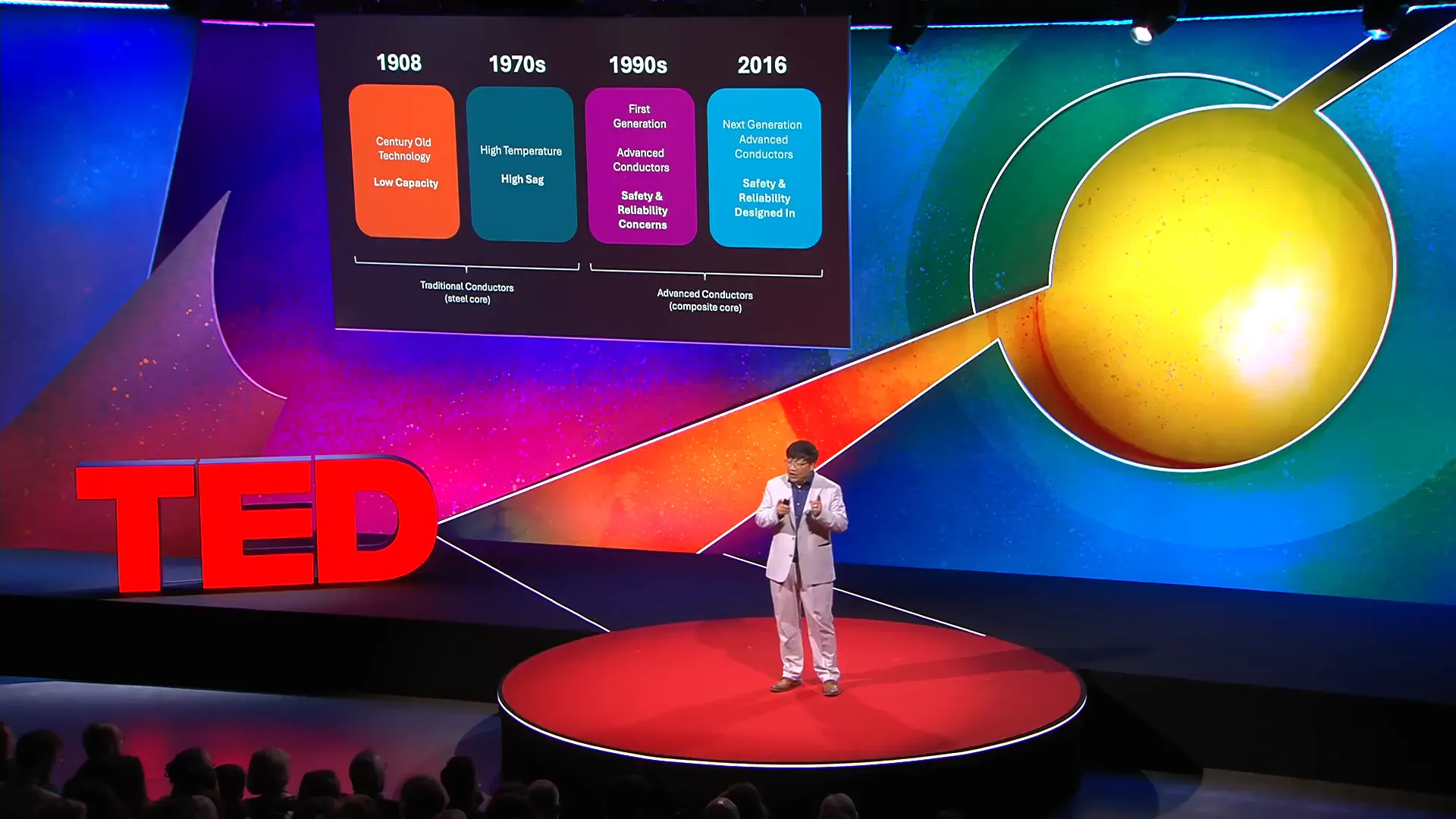
Impact on Grid Efficiency
- Reduced Line Loss: The significant reduction in line loss translates to lower operational costs for utilities, enhancing the overall efficiency of the power grid.
- Increased Capacity: With the ability to triple line capacity, TS conductors allow for more energy to be transmitted without the need for extensive infrastructure upgrades.
- Cost Savings: Although TS conductors come with a modest premium, the overall savings in project costs due to reduced structural requirements make them a cost-effective solution.
These advantages underscore the importance of transitioning to advanced conductor technologies to meet the energy demands of the future.
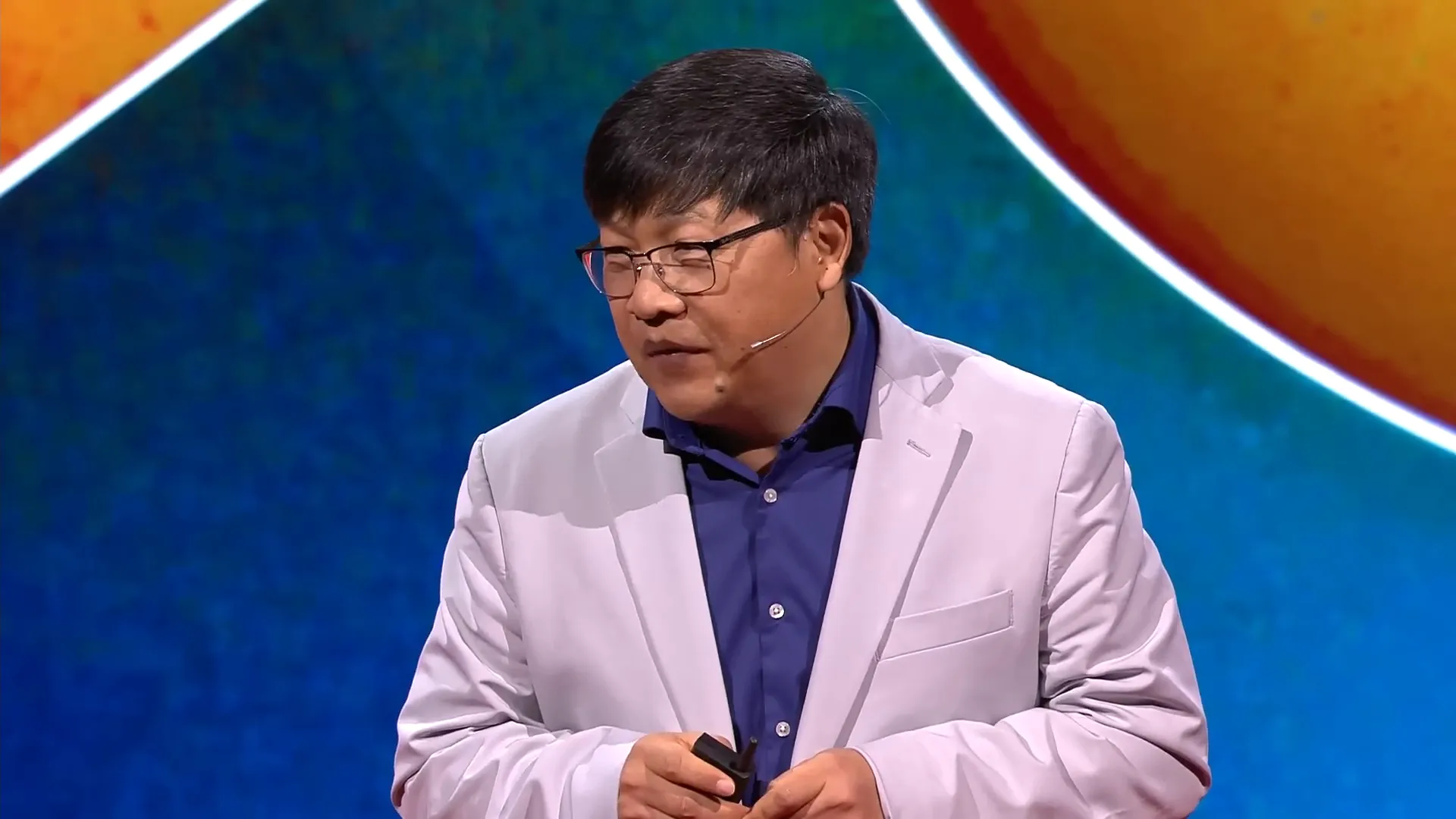
Cost-Effectiveness of TS Conductors
When considering new technologies, cost-effectiveness is a critical factor. TS conductors, despite their advanced design, offer substantial economic benefits that can outweigh the initial investment.
One of the key aspects of TS conductors is their impact on project costs. By allowing for fewer and shorter structures, utilities can save significantly on capital expenditures. This is particularly evident in new transmission line projects where the conductor cost represents only a small fraction of the total project budget.
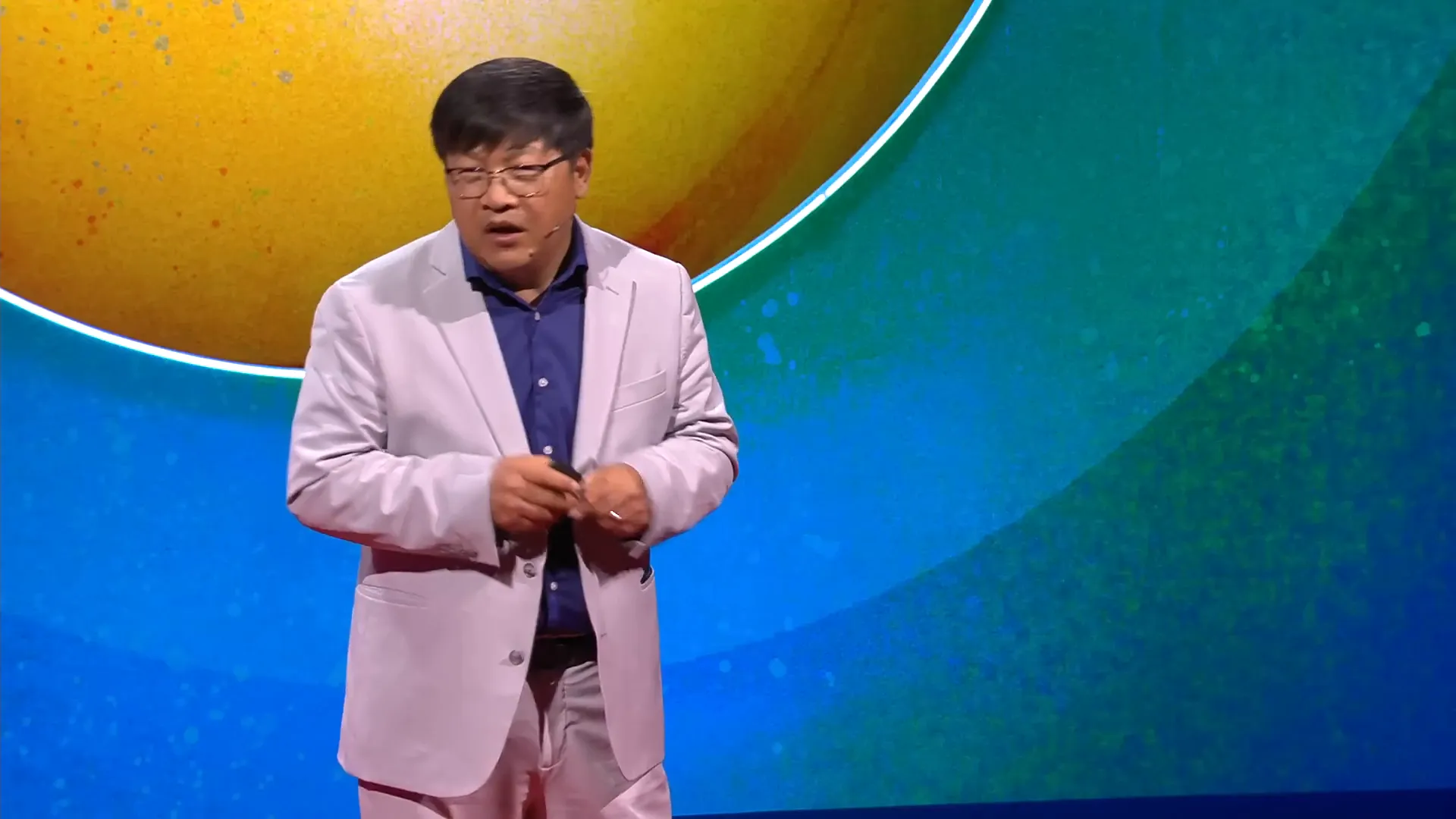
Real-World Economic Impact
- Capital Expenditure Savings: The reduction in required structures can lead to substantial savings, often offsetting the premium of TS conductors.
- Operational Efficiency: Lower line loss means reduced energy waste, translating to lower operational costs for utilities.
- Faster Project Completion: Projects utilizing TS technology have shown to be completed ahead of schedule, further enhancing economic viability.
In a real-world example, a project in North Dakota demonstrated a 40% reduction in capital expenditures when switching from traditional conductors to TS technology. This not only saved money but also expedited the project timeline, showcasing the tangible benefits of adopting innovative conductor solutions.
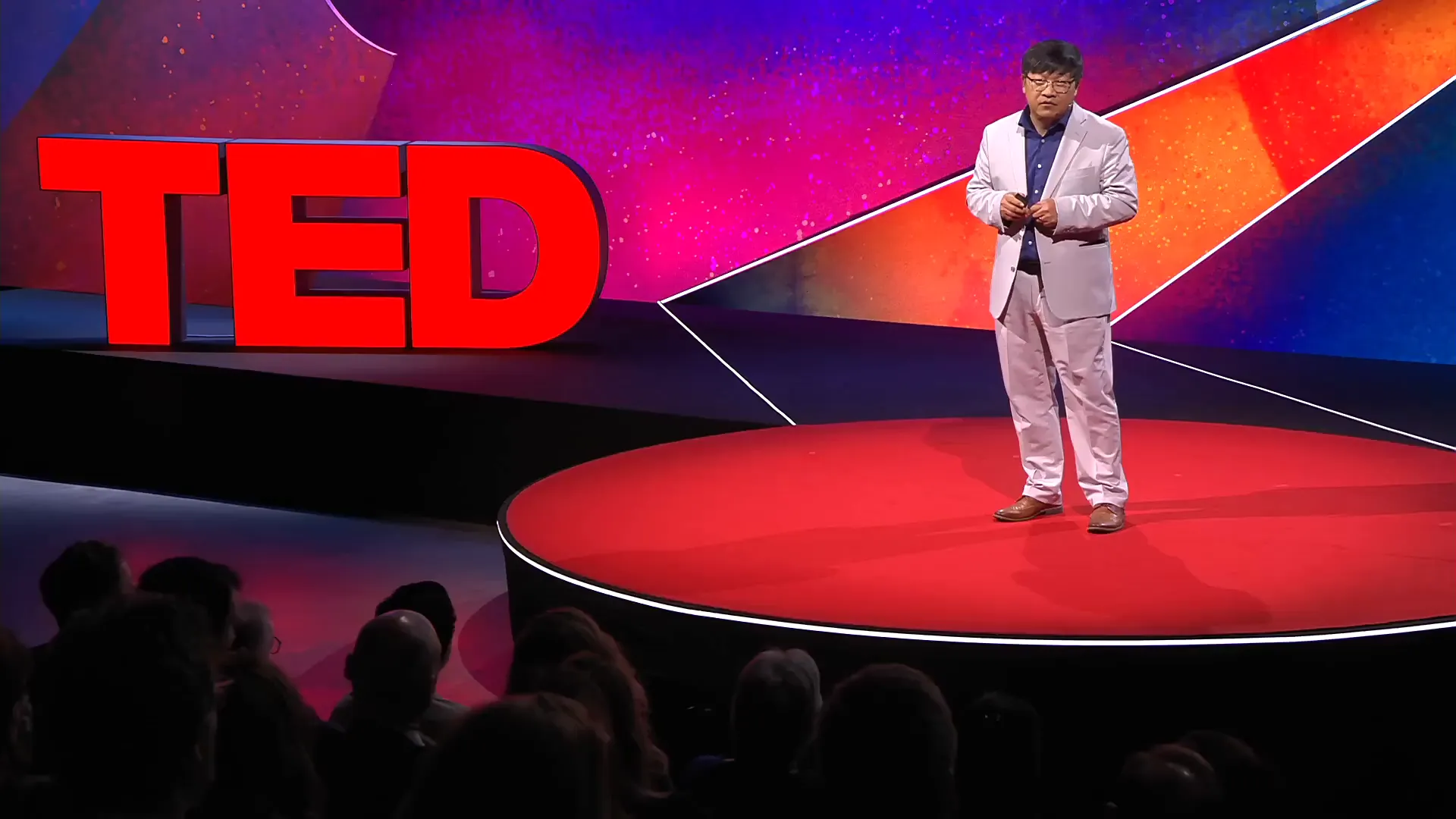
Real-World Impact: A Case Study
To illustrate the effectiveness of TS conductors, let’s delve into a case study that highlights their transformative potential. In March 2021, a utility company in North Dakota faced the challenge of upgrading an 11-mile, 230 kV transmission line to accommodate new wind farms in the area.
Initially, the project utilized traditional ACSS conductors, which required extensive structural retrofitting due to sagging issues. However, when the utility switched to TS technology, they experienced remarkable results.
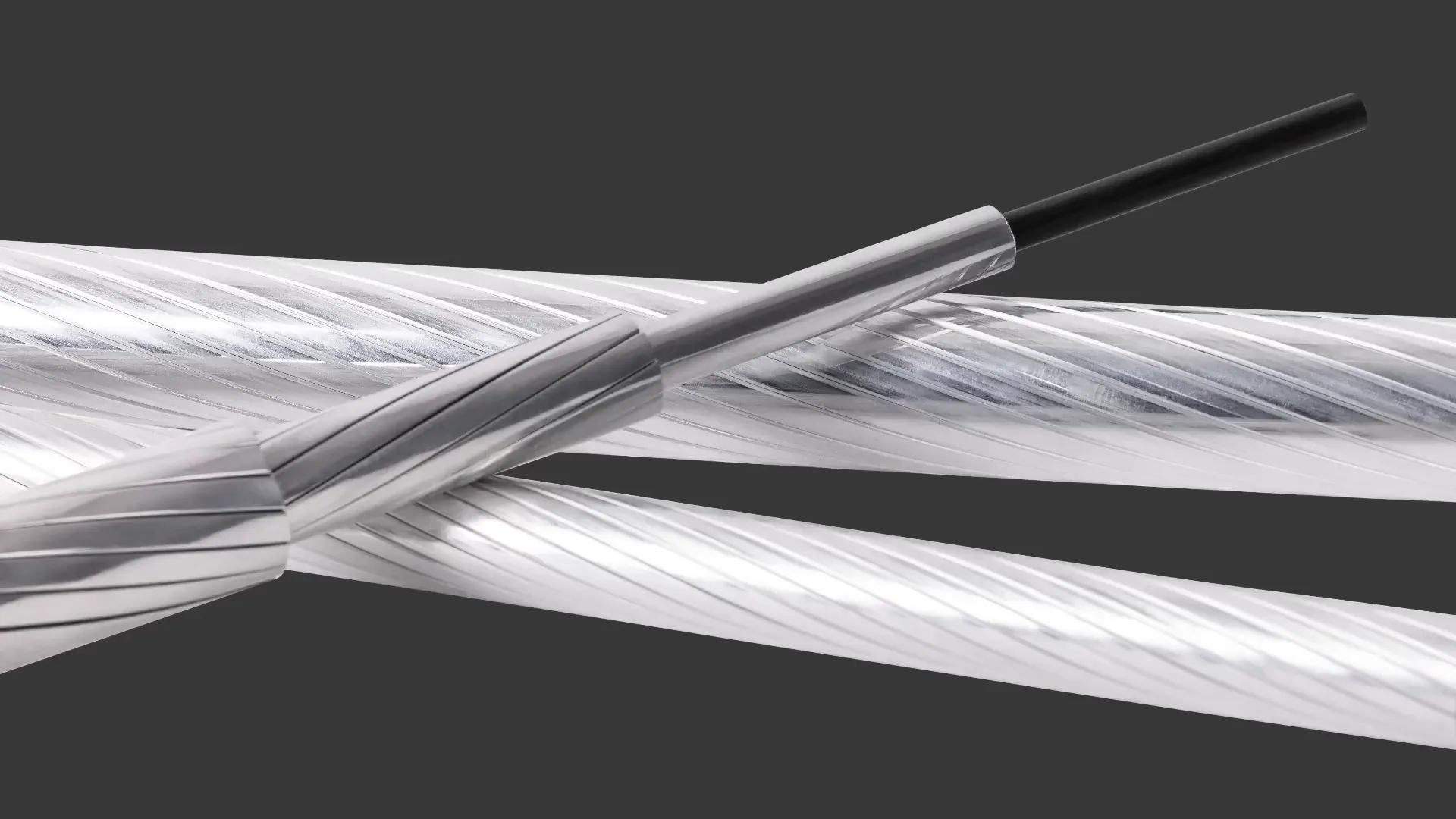
Project Outcomes
- Cost Savings: The utility achieved a 40% reduction in total project capital expenditures by avoiding structural retrofits.
- Time Efficiency: The project was completed 12 months ahead of schedule, significantly accelerating the timeline for integrating renewable energy sources.
- Enhanced Capacity: TS conductors allowed for increased line capacity, providing the necessary infrastructure to support the growing demand for wind energy.
This case study exemplifies how adopting TS conductor technology can lead to significant improvements in project efficiency and cost-effectiveness, paving the way for a more sustainable energy future.

Imagining a Transformed Power Grid
The integration of advanced conductor technologies like TS has the potential to revolutionize our power grid. Imagine a world where renewable energy sources can be connected seamlessly to the grid, eliminating the bottlenecks that currently hinder growth.
With TS conductors, we can envision a future where electrification is not just a goal but a reality. The enhanced capacity and reduced line losses will enable us to meet the growing demands for electric vehicles, heat pumps, and other electrification technologies without compromising grid reliability.
Envisioning the Future
- Instant Connection of Renewables: The ability to connect renewable generation sources instantly will accelerate the transition to clean energy.
- Significant Emission Reductions: By reducing line losses alone, we could prevent up to 500 million tons of greenhouse gas emissions each year.
- Empowered Communities: A modernized grid will empower communities to harness local renewable energy, fostering energy independence and sustainability.
The future of our power grid is bright, and with advanced conductor technologies, we can build a system that is not only efficient but also resilient against the challenges posed by climate change.
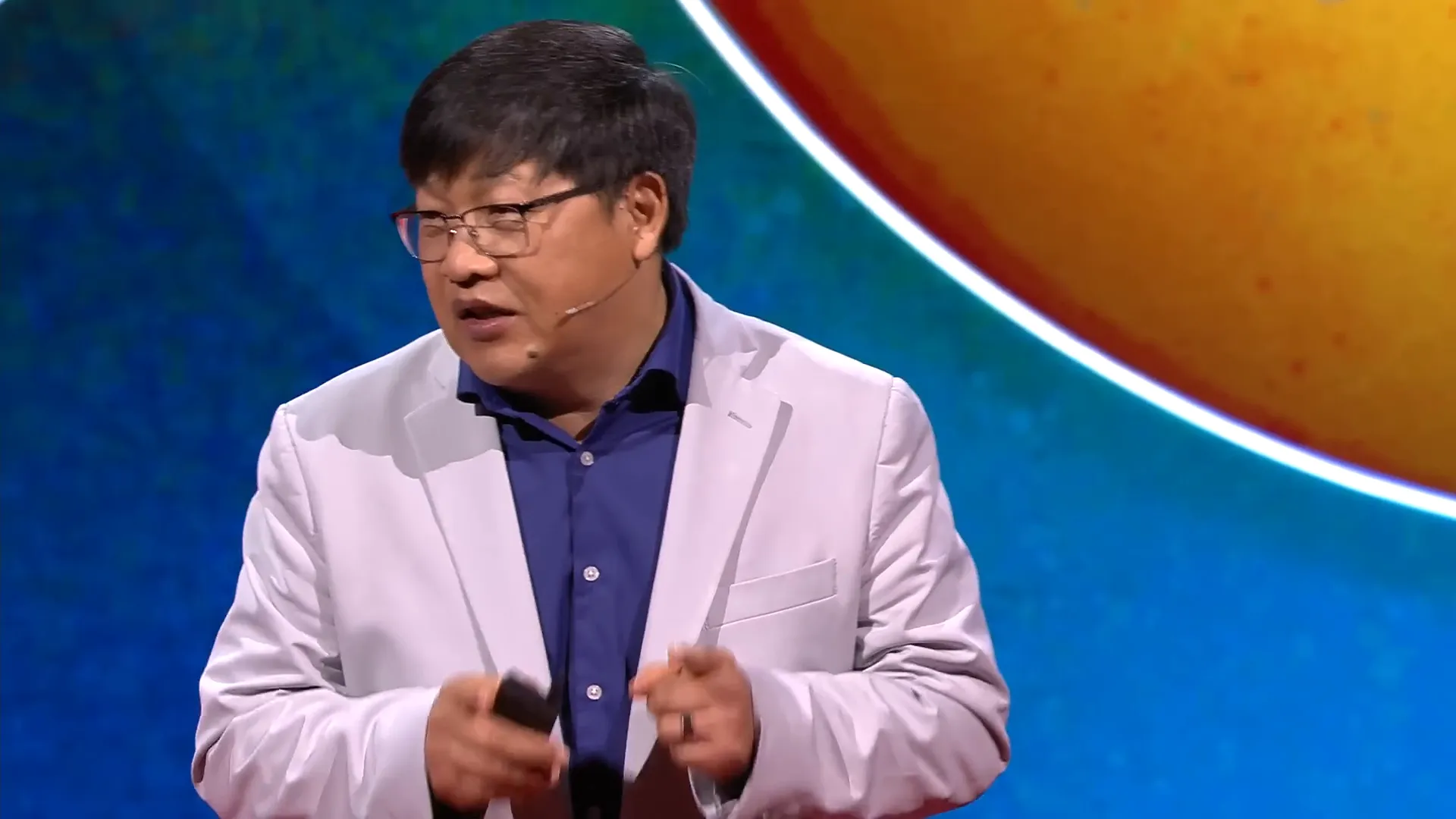
At GFunnel, we believe in the power of innovation to drive change. By connecting entrepreneurs and businesses with the tools and resources needed to embrace advanced technologies, we can pave the way for a cleaner, more sustainable future. Explore how GFunnel can support your journey towards building a better energy landscape.
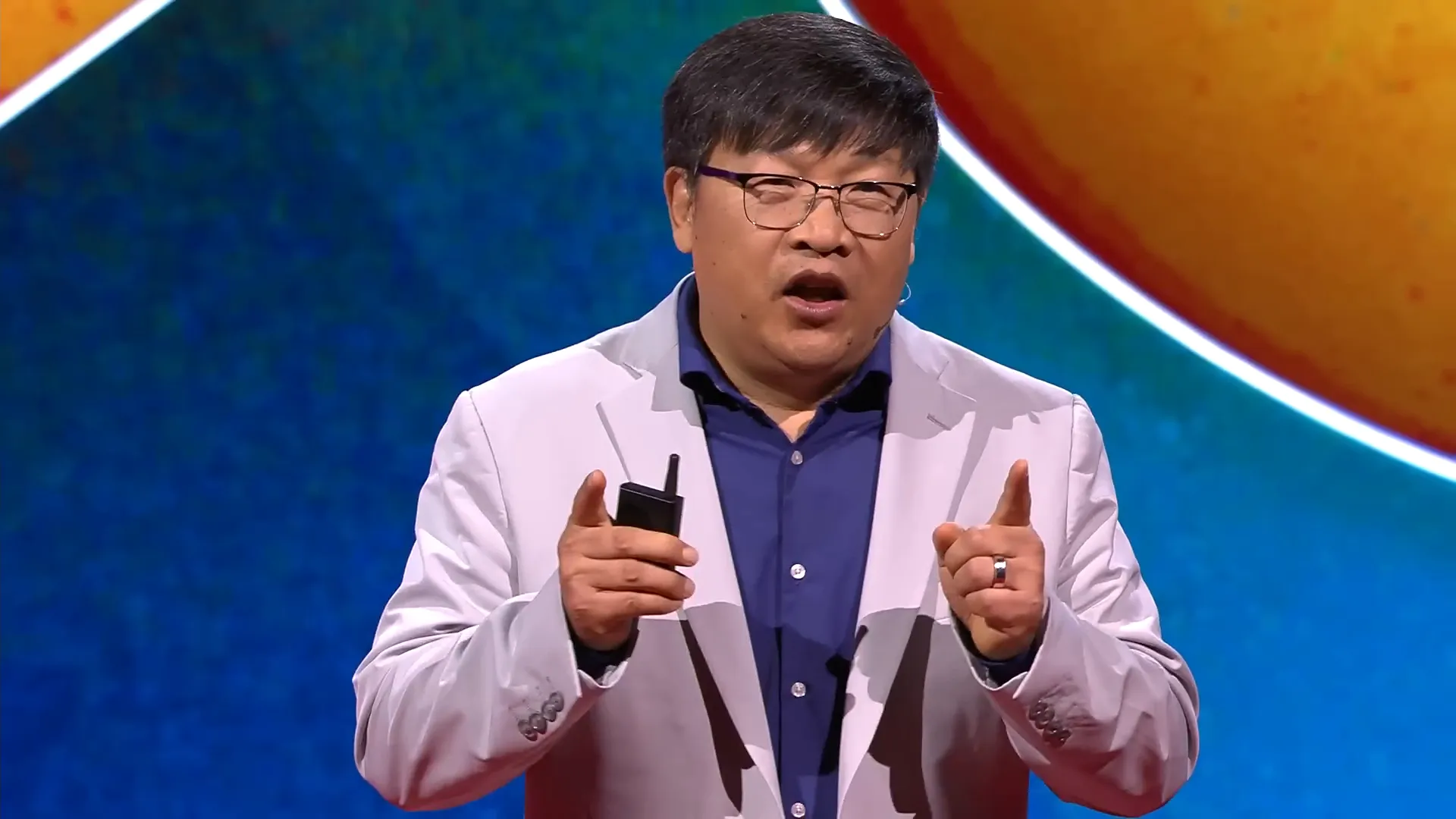
The Environmental Benefits
Advanced conductors present a remarkable opportunity for reducing our carbon footprint and promoting a sustainable energy future. By significantly decreasing line losses—up to fifty percent—we can drastically cut the amount of compensatory energy generation required. This reduction translates to fewer fossil fuels burned, leading to lower greenhouse gas emissions.
The potential impact is staggering. Just by implementing advanced conductor technology, we could avoid up to five hundred million tons of greenhouse gas emissions annually. This is equivalent to taking millions of cars off the road, showcasing how technology can drive environmental change.
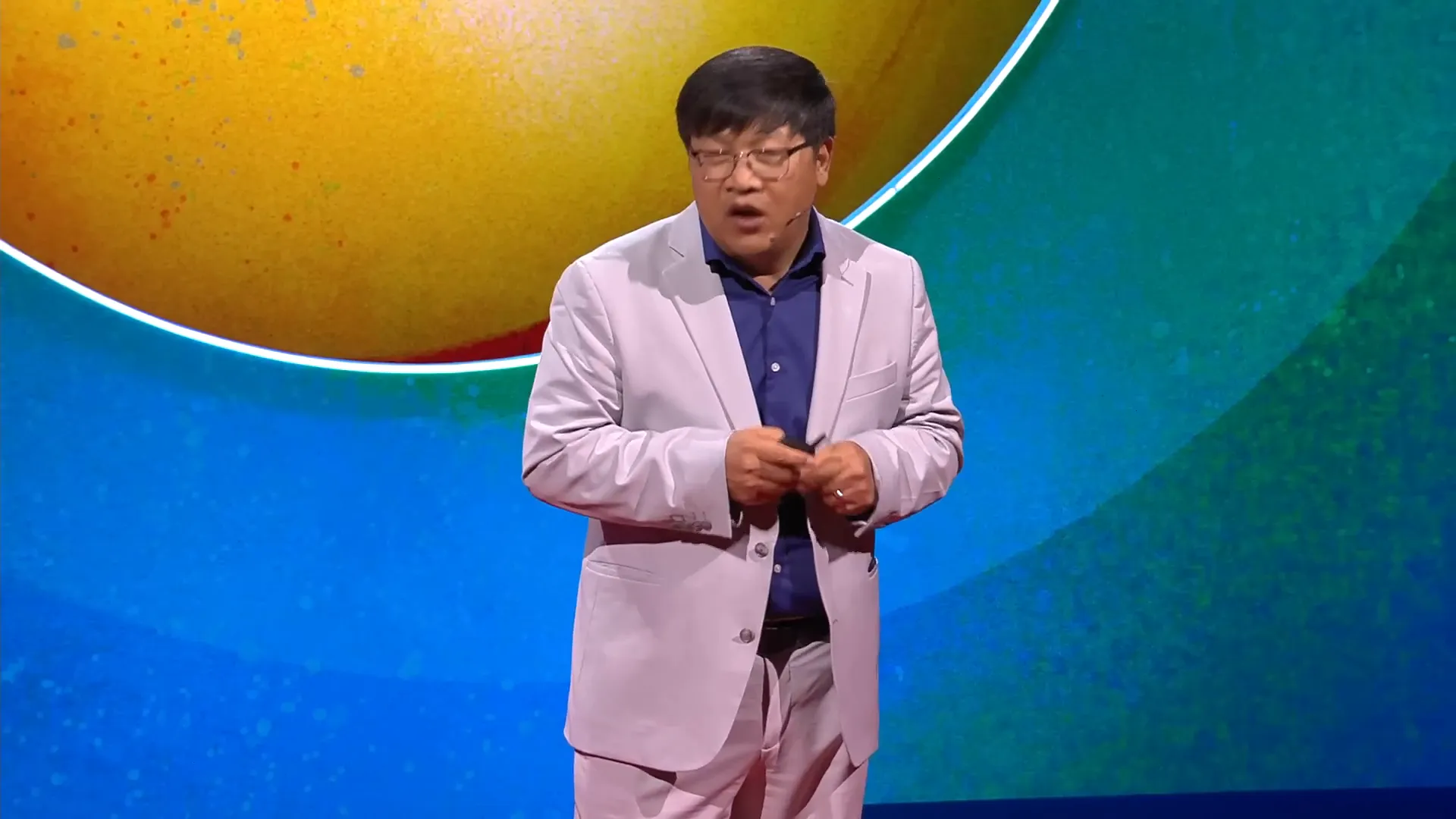
Supporting Renewable Energy Integration
Furthermore, advanced conductors enable the seamless integration of renewable energy sources. Imagine a grid that can instantly connect solar and wind farms to meet local energy demands without prolonged delays. This capability not only supports the growth of renewable projects but also ensures that we harness the full potential of clean energy.
By reducing bottlenecks in energy transmission, we can electrify various sectors, including transportation and heating, without compromising grid reliability. The ability to connect more renewable generation means we are one step closer to a carbon-neutral future.
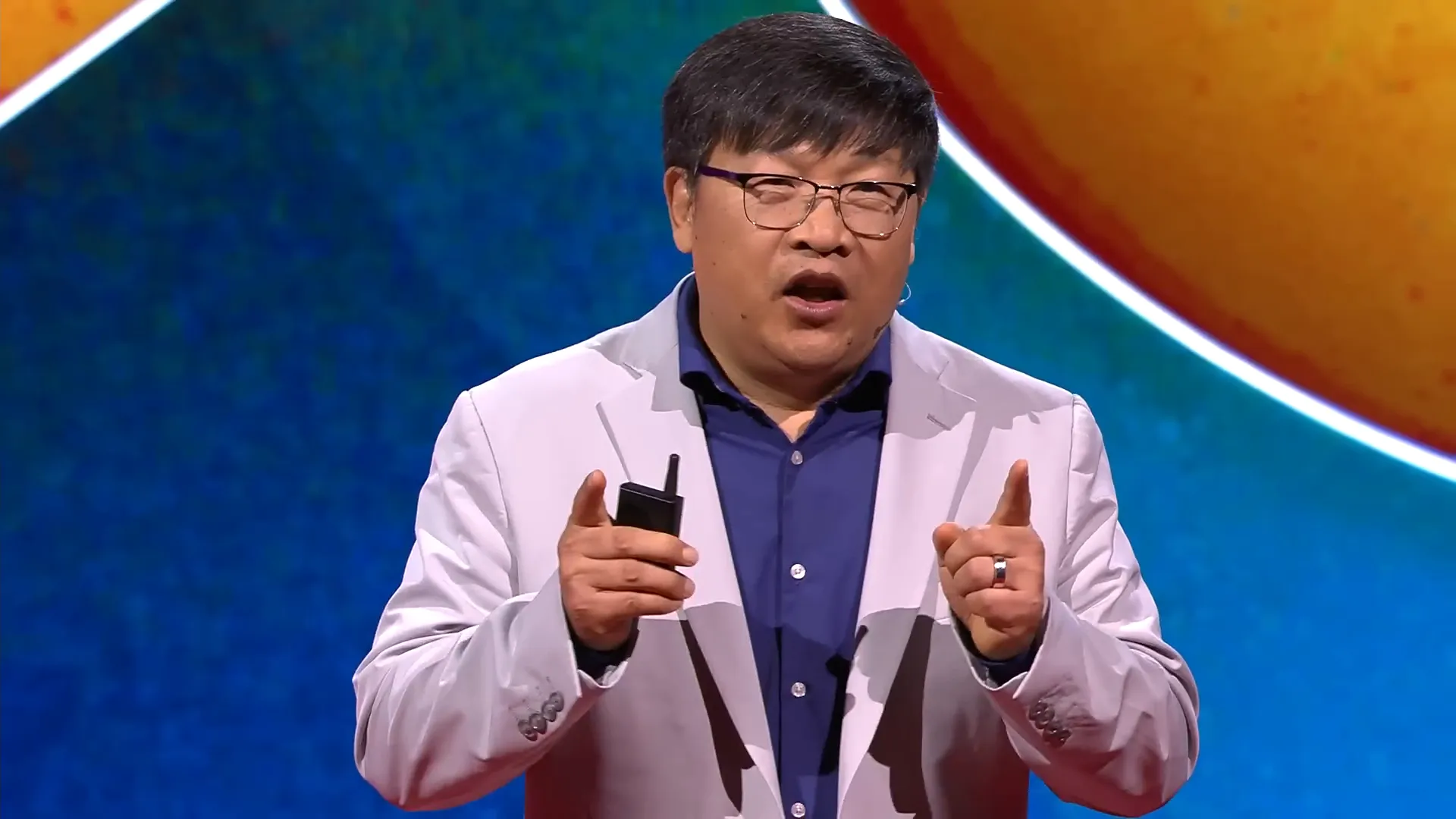
Taking Action for a Better Future
Action is imperative. We must advocate for policies that prioritize the adoption of advanced conductor technologies. This includes supporting legislation that requires utility companies to consider innovative solutions in their transmission planning and grid modernization efforts.
Moreover, performance incentives should be established to encourage utilities to invest in technologies that enhance grid performance and reliability. By fostering an environment that embraces change, we can make significant strides in our energy transition.
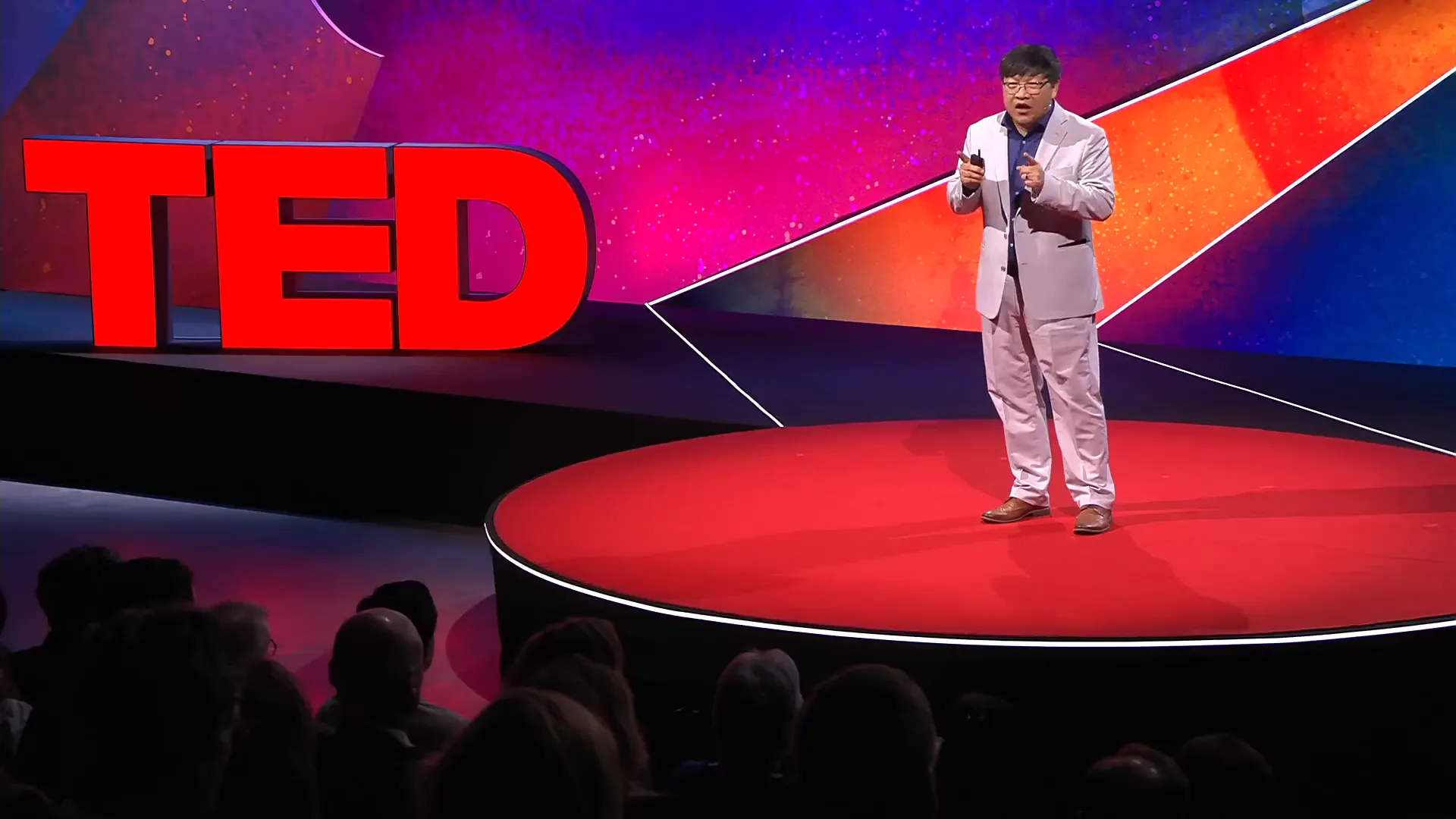
Empowering Communities
Communities play a vital role in this transition. By raising awareness about the benefits of advanced conductors and advocating for their use, individuals can drive change at the local level. Engaging with utility companies and participating in public discussions can amplify our collective voice.
Furthermore, communities can explore partnerships with innovative companies like TS Conductor to pilot advanced conductor projects. These collaborations can serve as powerful examples of what is possible when we leverage modern technology for the greater good.
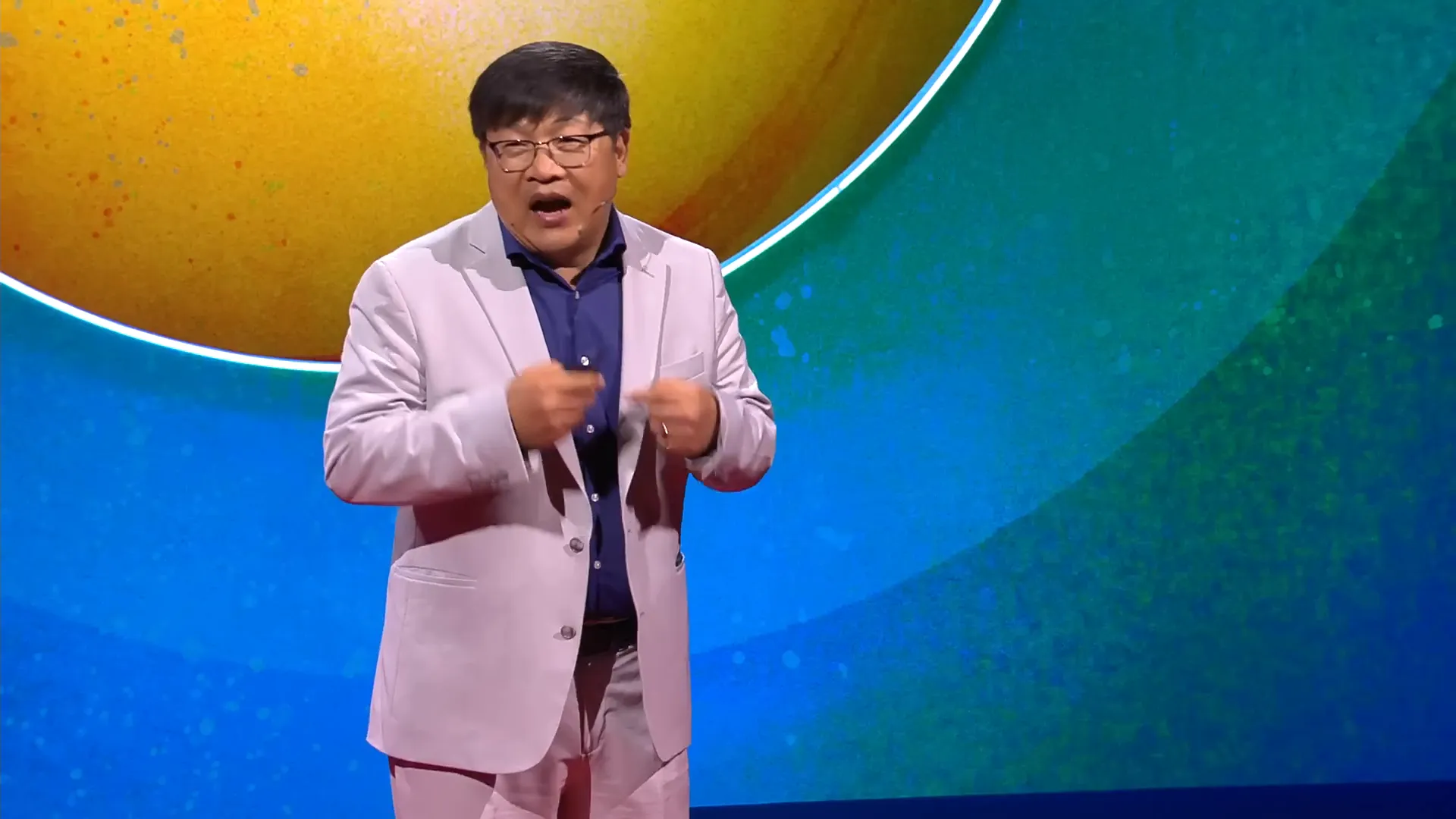
A Call to Upgrade Our Power Grid
It’s time for a collective effort to upgrade our power grid. The current infrastructure, built on outdated technologies, cannot support the electrification goals we aspire to achieve. We must not remain locked into a century-old system that hinders progress.
Upgrading our grid with advanced conductors is not just an option; it’s a necessity. The benefits—enhanced capacity, reduced line losses, and increased resilience against climate impacts—are too significant to ignore. Together, we can create a grid that empowers future generations and supports sustainable energy practices.
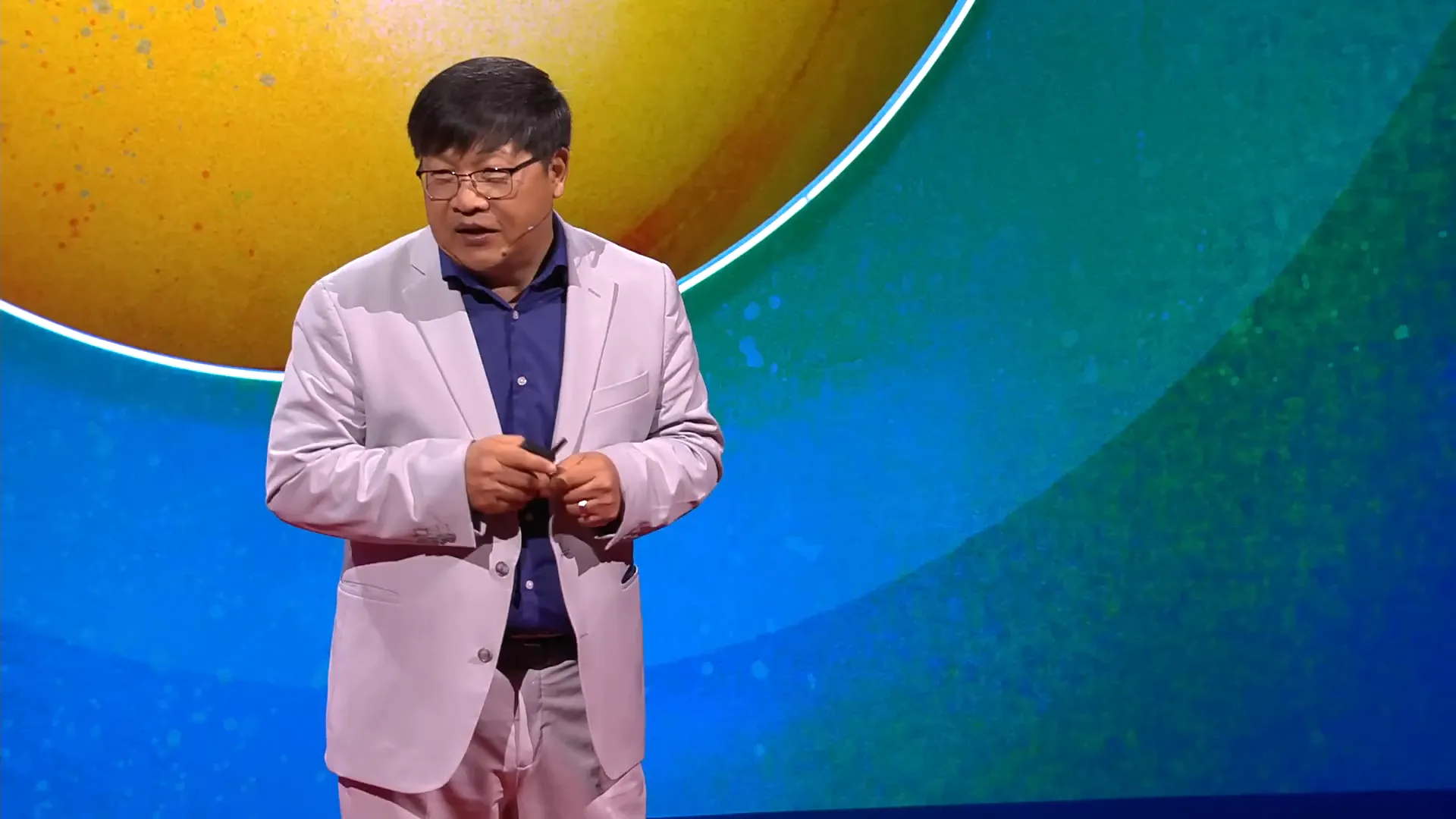
Global Opportunities
The opportunity to transform our power grid extends beyond national borders. Countries worldwide are facing similar challenges with their electricity infrastructure. By collaborating on technology and sharing best practices, we can create a global movement towards cleaner, more efficient energy systems.
Investing in advanced conductors is a step forward that can lead to international partnerships, knowledge exchange, and shared successes in combating climate change. Let us seize this moment to advocate for a global transition to advanced conductor technology.
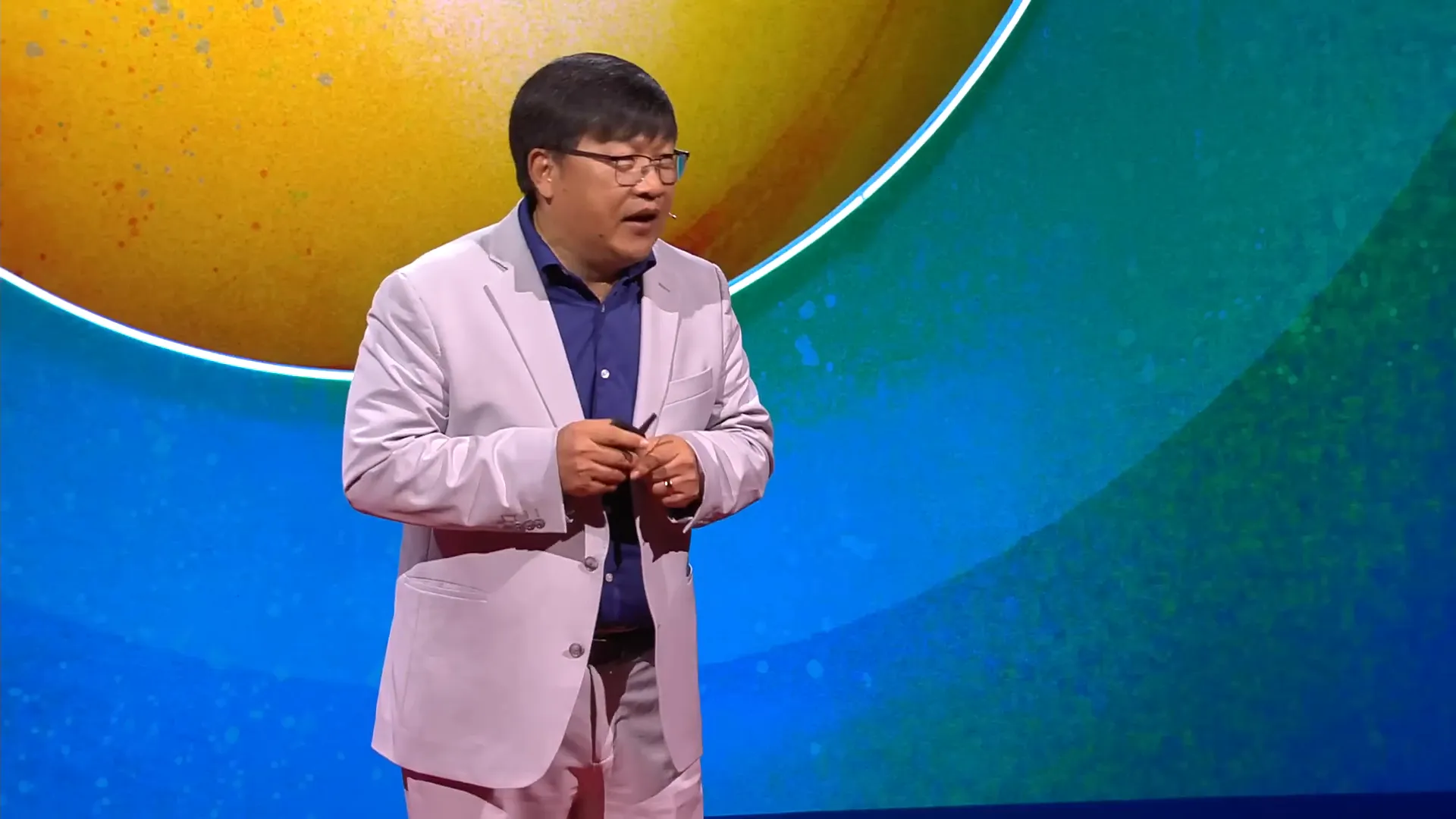
Embracing Change in Energy Transmission
Change can be daunting, especially in established industries like energy. However, embracing advancements in conductor technology is essential for a sustainable future. The transition to advanced conductors requires a shift in mindset—from viewing these changes as risks to recognizing them as opportunities for growth and innovation.
Utility companies must be encouraged to explore new technologies and incorporate them into their operations. By fostering a culture of innovation, we can empower utilities to lead the charge in modernizing our power grid.
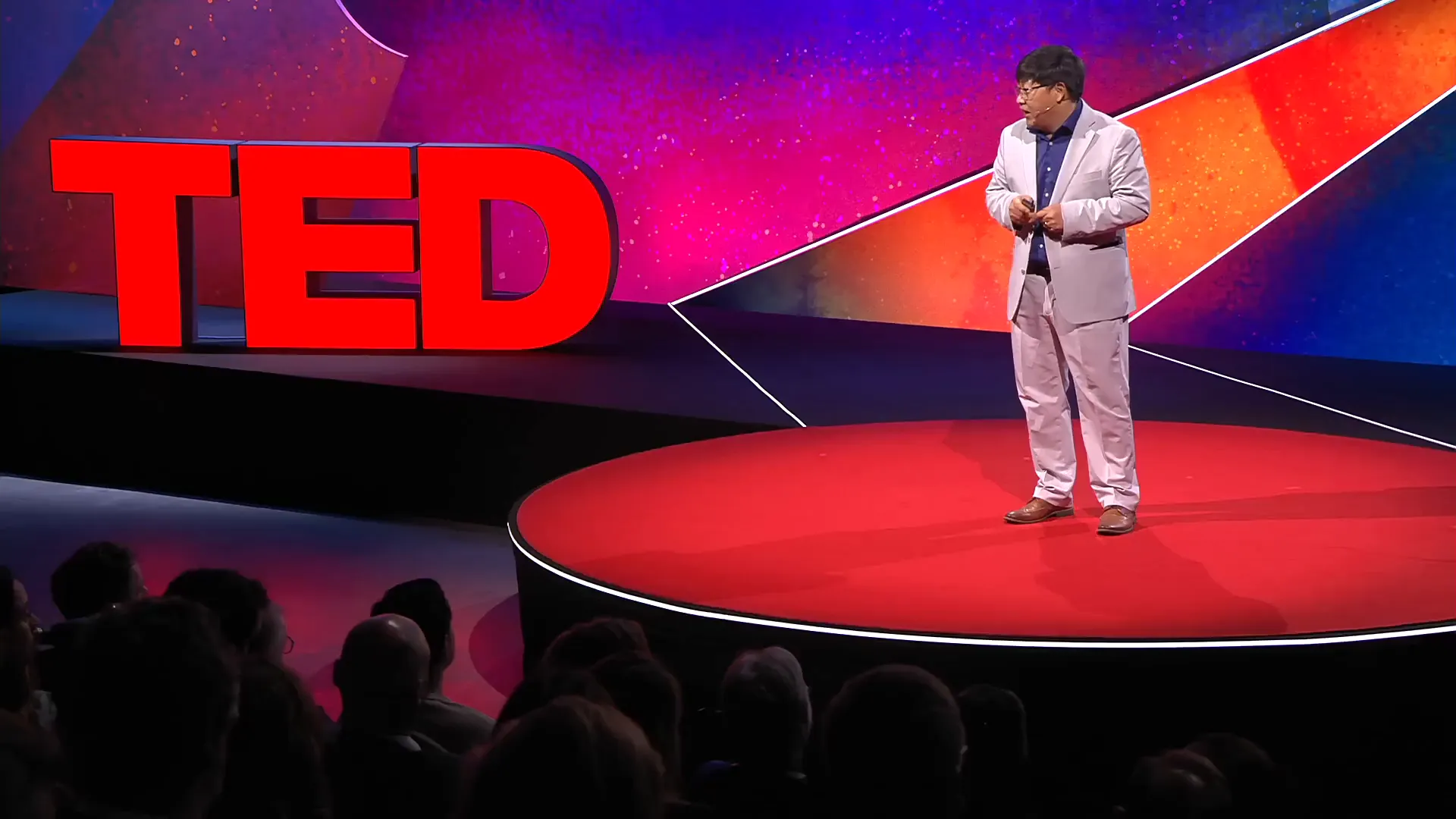
Building a Culture of Innovation
- Invest in R&D: Encourage research and development initiatives to explore new materials and technologies that enhance grid performance.
- Collaborate with Startups: Partner with innovative companies like TS Conductor to pilot new technologies and gather data on their effectiveness.
- Educate Stakeholders: Provide training and resources for utility staff to understand and implement advanced conductor technology effectively.
By investing in innovation, we can ensure that our power grid evolves to meet the demands of a changing energy landscape.
Conclusion: A Collective Effort for Climate Change
The transition to advanced conductor technology is not just a technical upgrade; it’s a collective effort to combat climate change and promote sustainability. We have the tools and resources to make a difference, but we must act decisively.
By supporting advanced conductors, we can reduce emissions, enhance grid reliability, and promote renewable energy integration. It’s time for individuals, communities, and utility companies to come together and advocate for the changes necessary to build a cleaner, more efficient energy future.
FAQ: Understanding Advanced Conductors
What are advanced conductors?
Advanced conductors are modern electrical transmission technologies designed to enhance capacity, reduce line losses, and improve the overall efficiency of power grids. They utilize innovative materials that outperform traditional conductors.
How do advanced conductors reduce greenhouse gas emissions?
By minimizing line losses, advanced conductors decrease the need for compensatory energy generation, which often comes from fossil fuels. This reduction in generation leads to lower greenhouse gas emissions.
What is the significance of the carbon core in TS conductors?
The carbon core in TS conductors allows for high-temperature operation without sagging, maximizing capacity while minimizing weight. This innovation enhances the structural integrity of power lines and improves their resilience against environmental stressors.
How can I support the transition to advanced conductor technology?
You can support this transition by advocating for policies that promote the adoption of advanced conductors, engaging with local utility companies, and raising awareness in your community about the benefits of modernizing our power grid.
At GFunnel, we are committed to supporting innovative solutions in the energy sector. Explore our platform to connect with resources and tools that can help you be a part of the clean energy revolution. Together, we can make a significant impact on our planet's future.